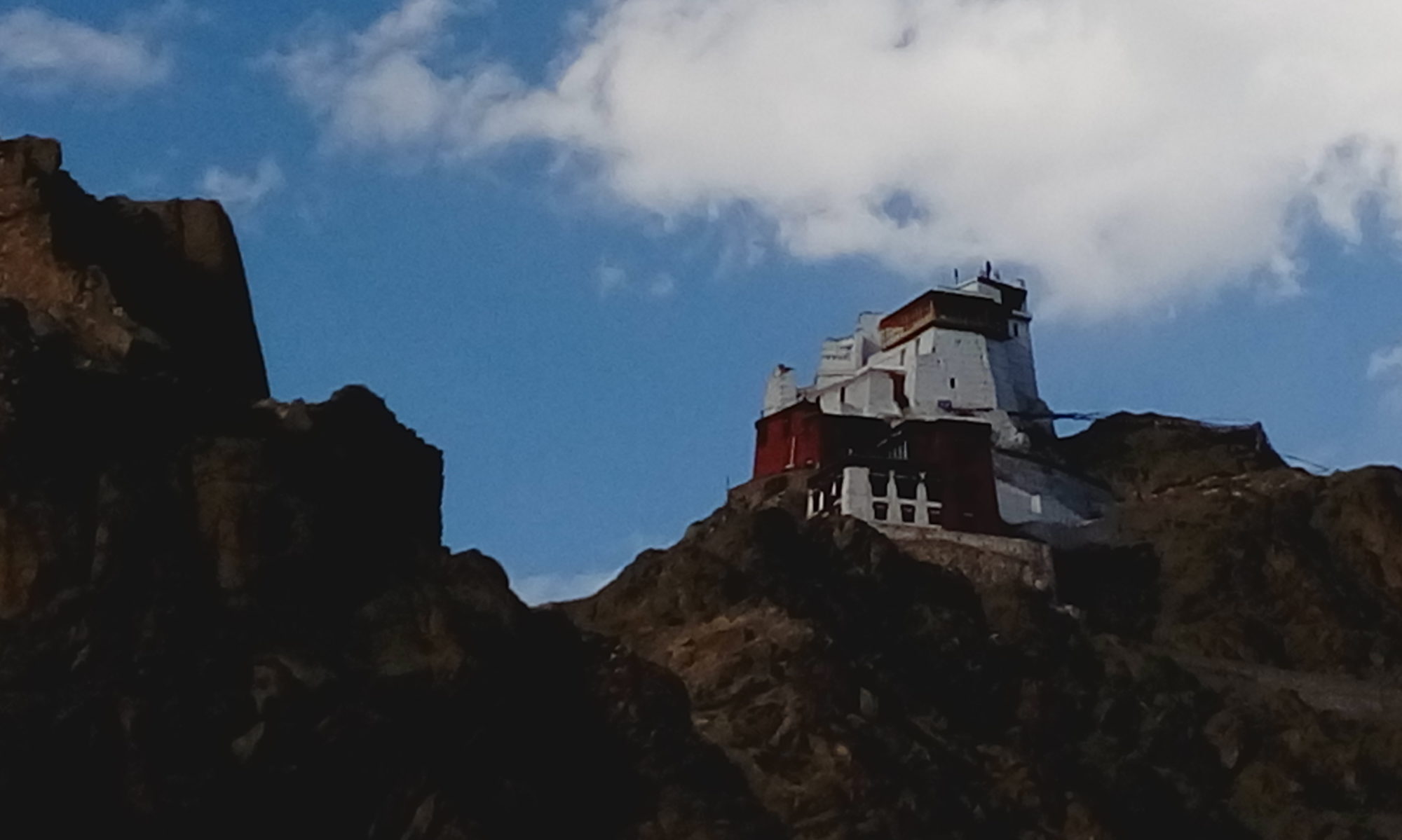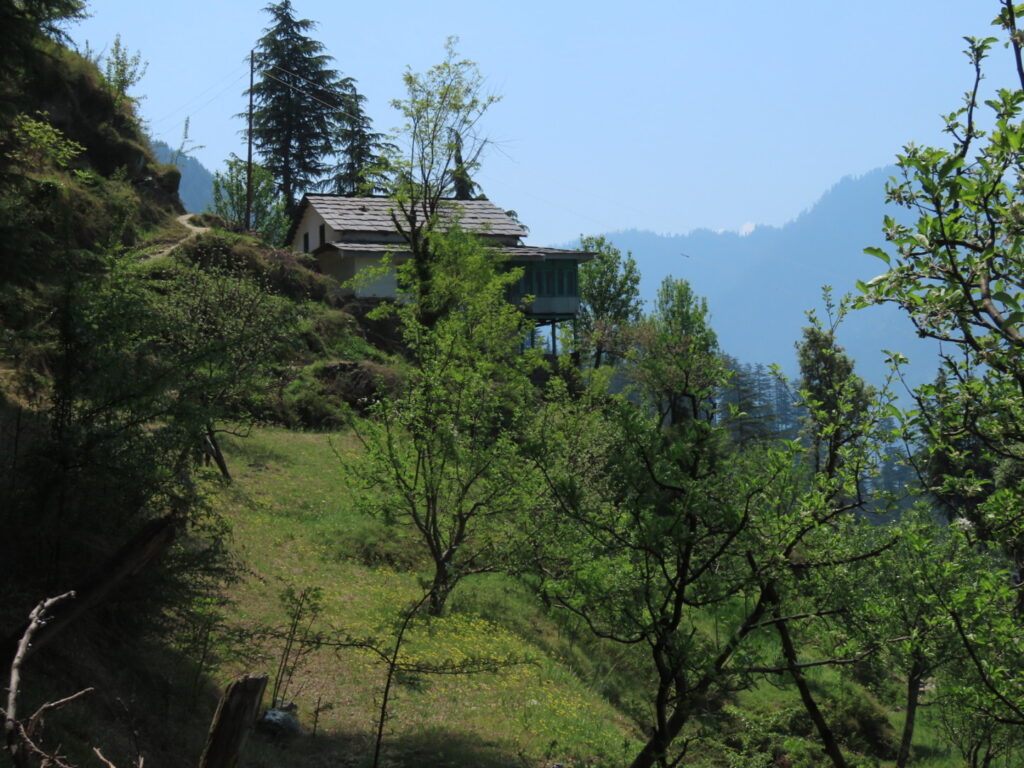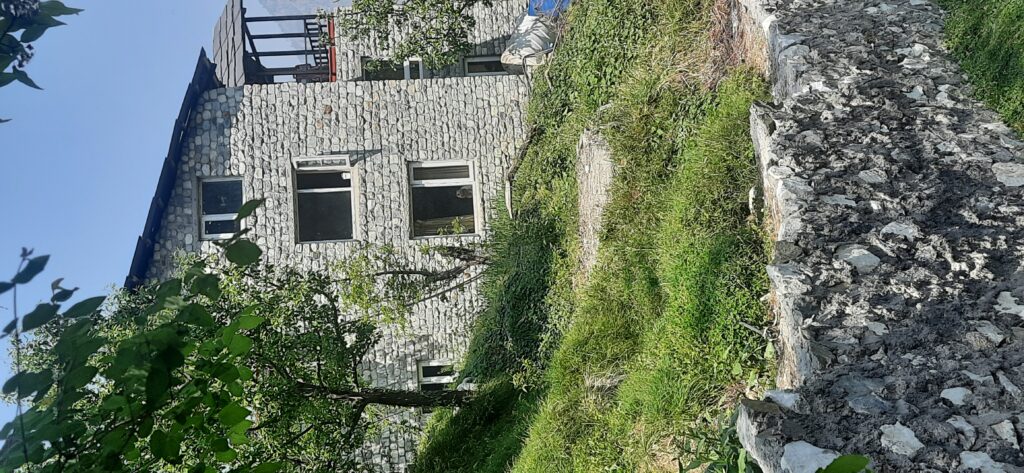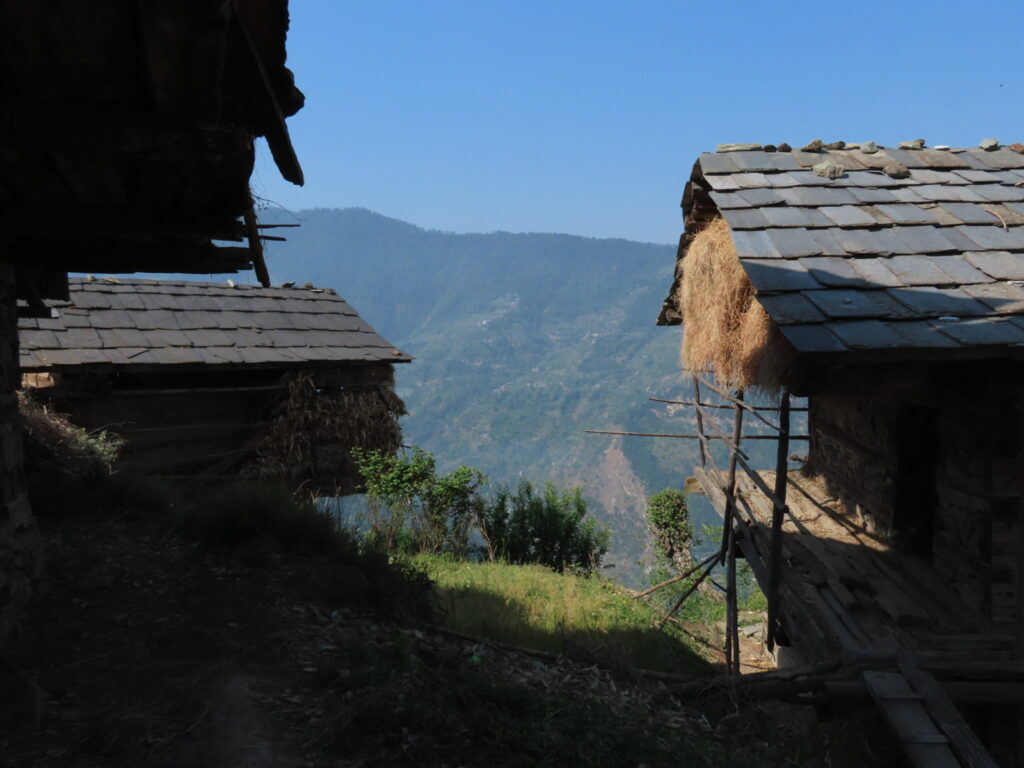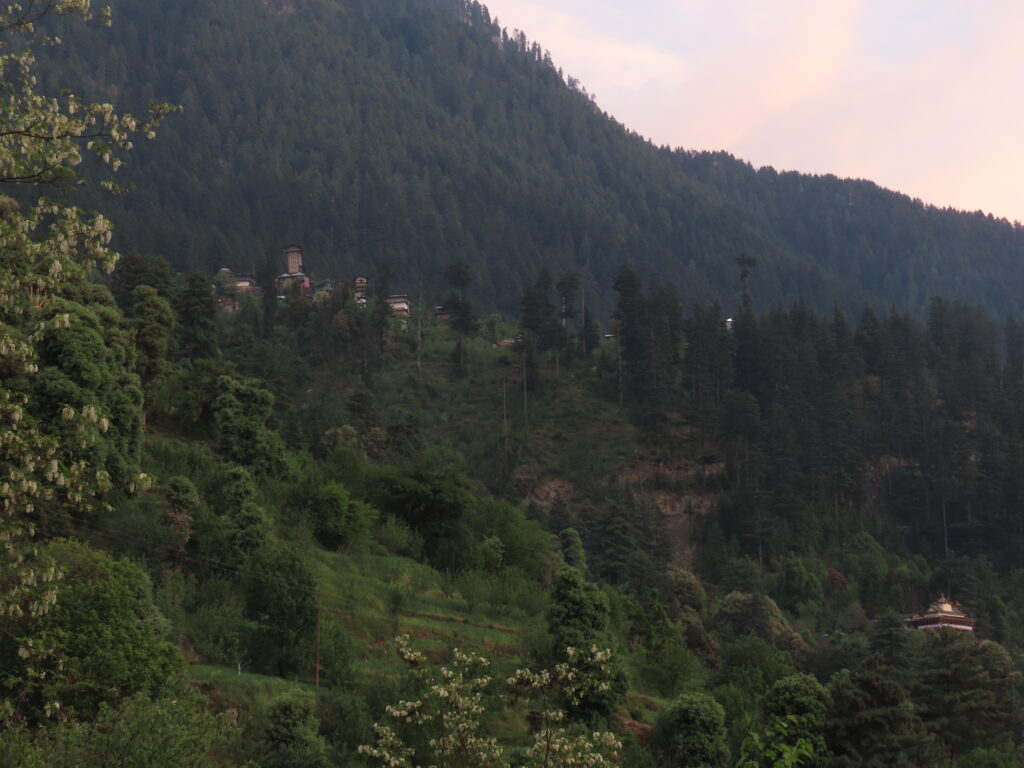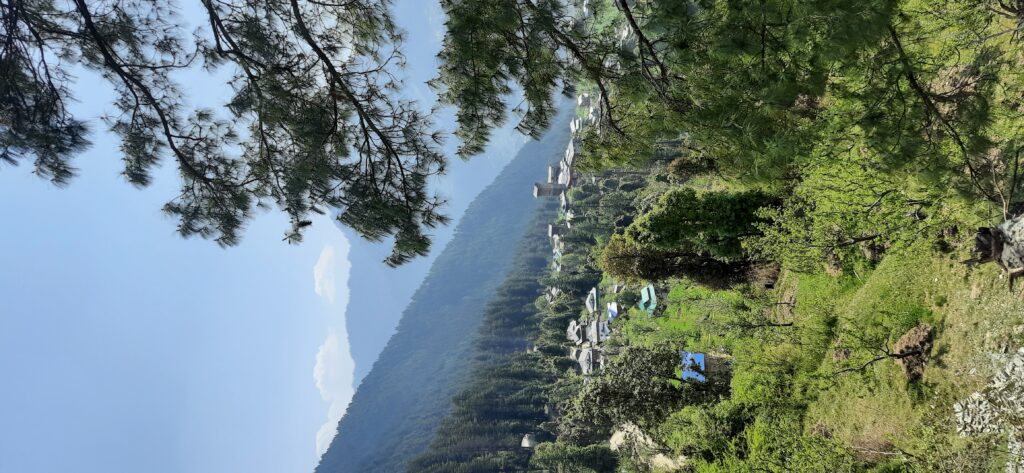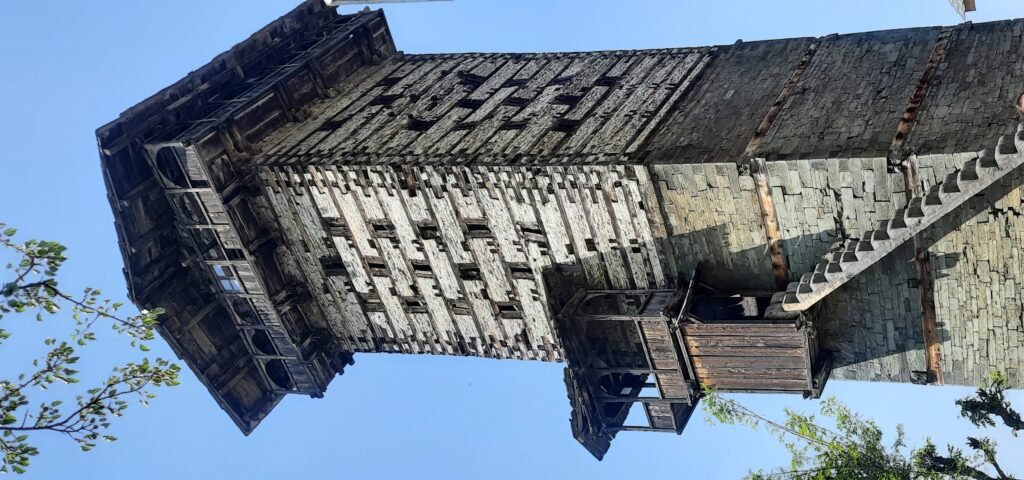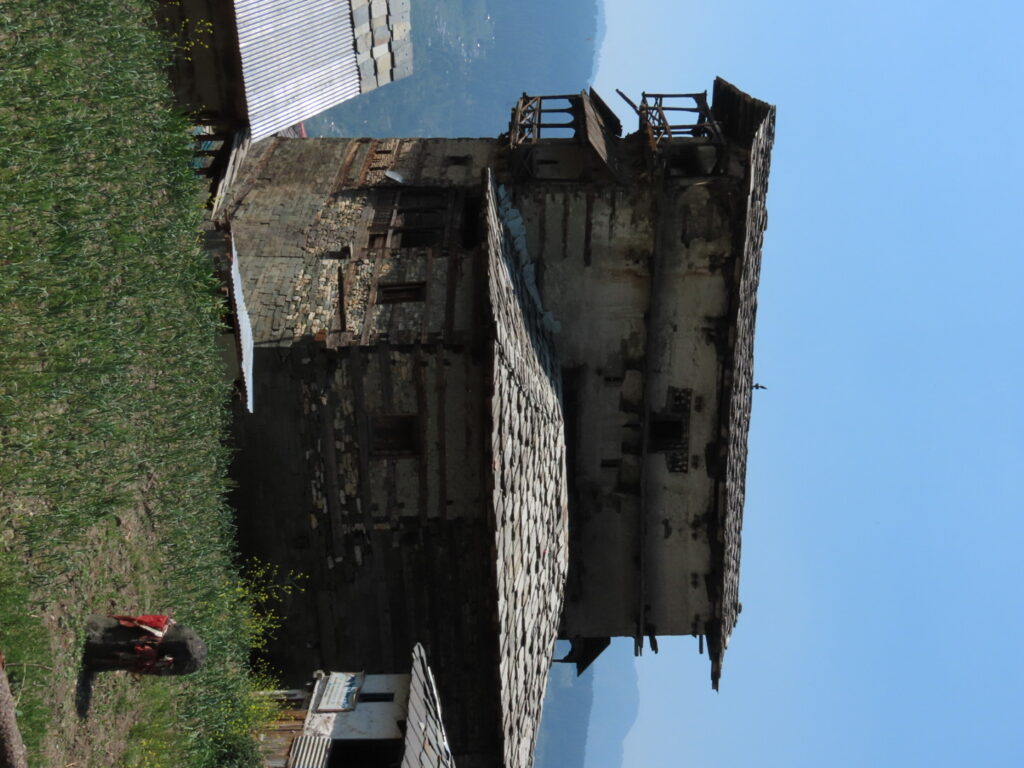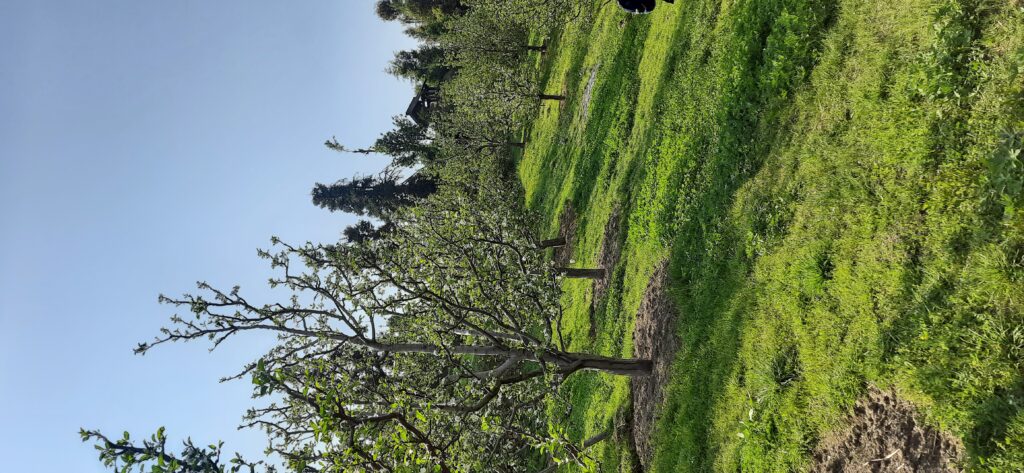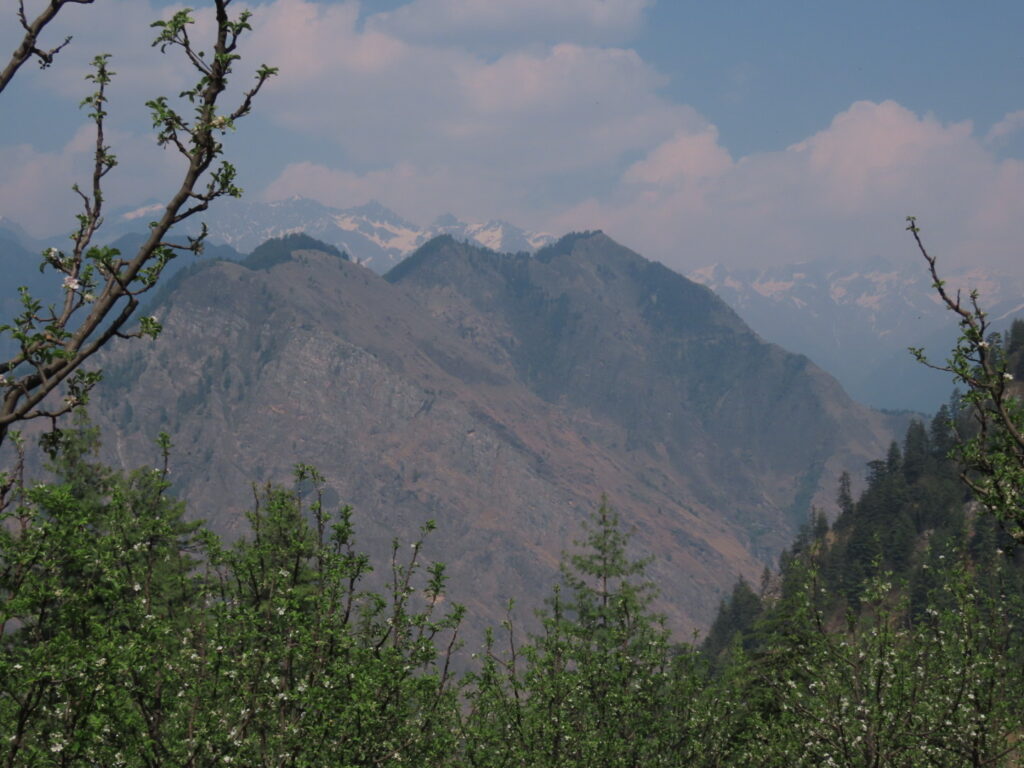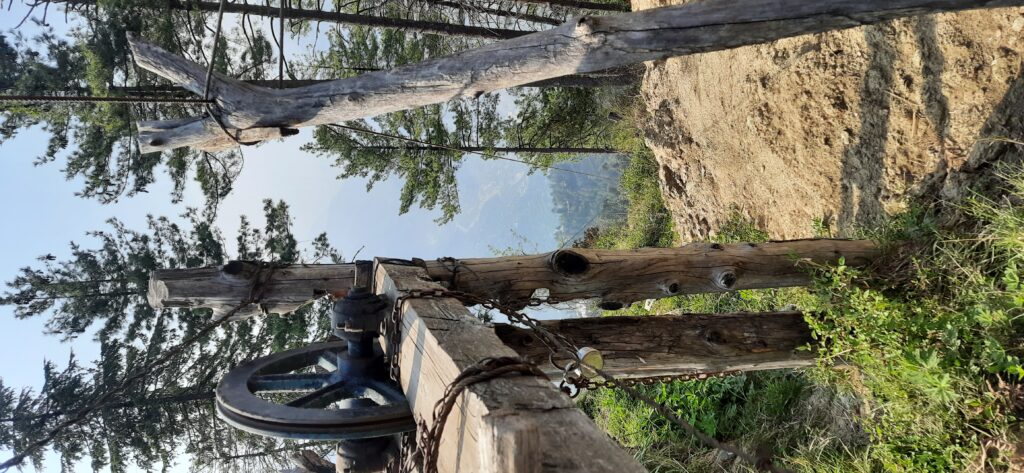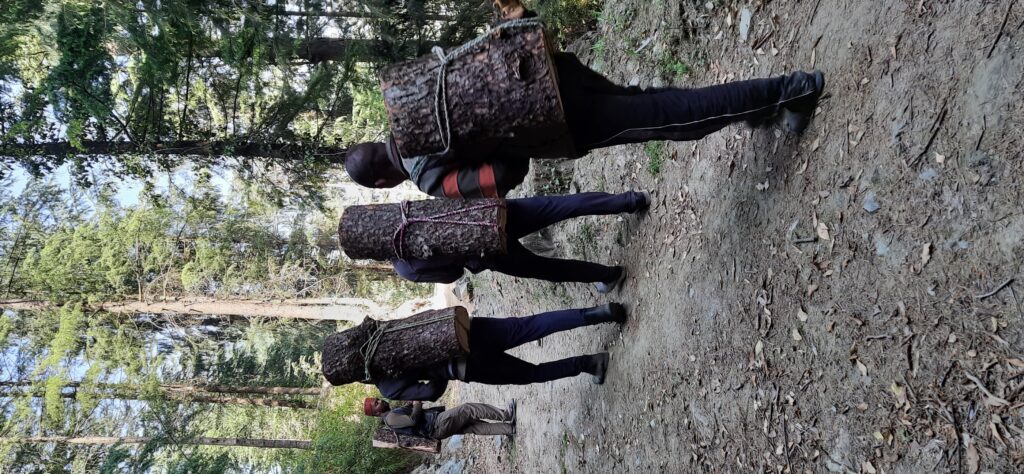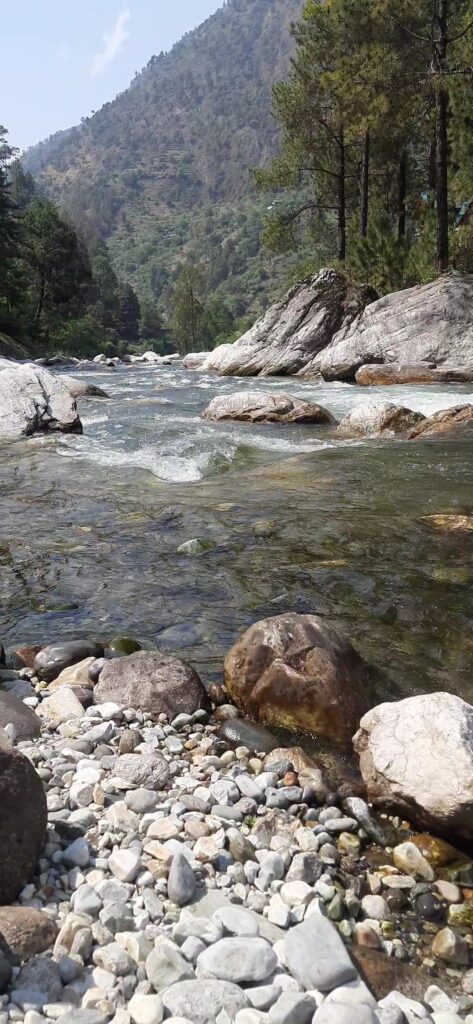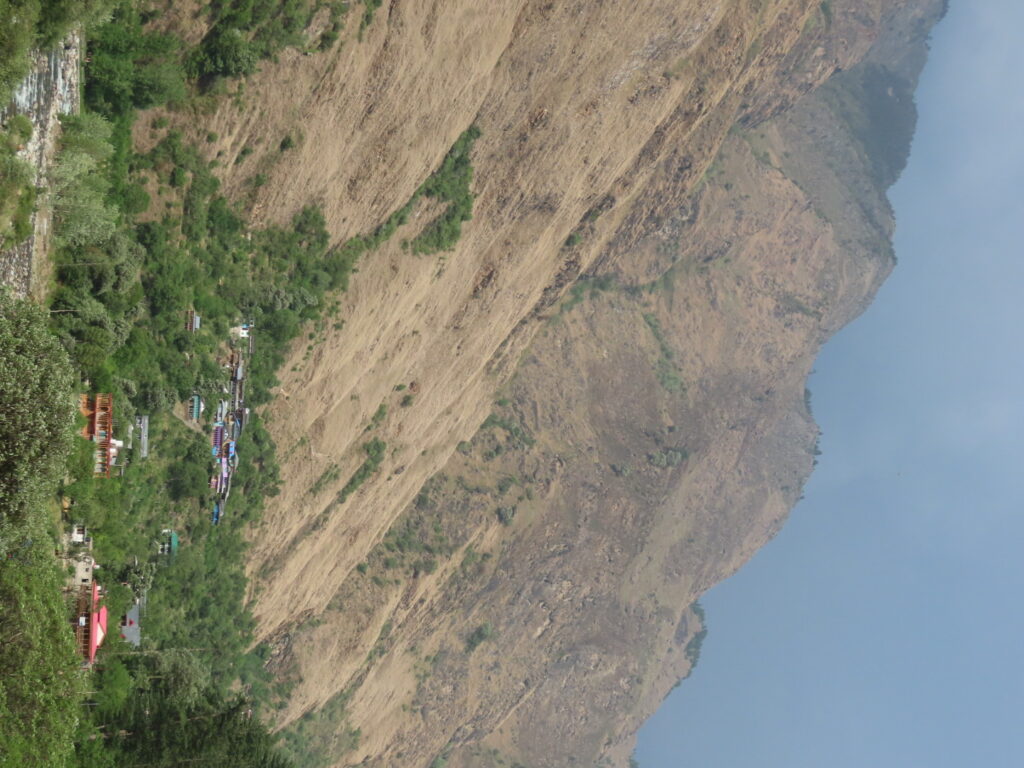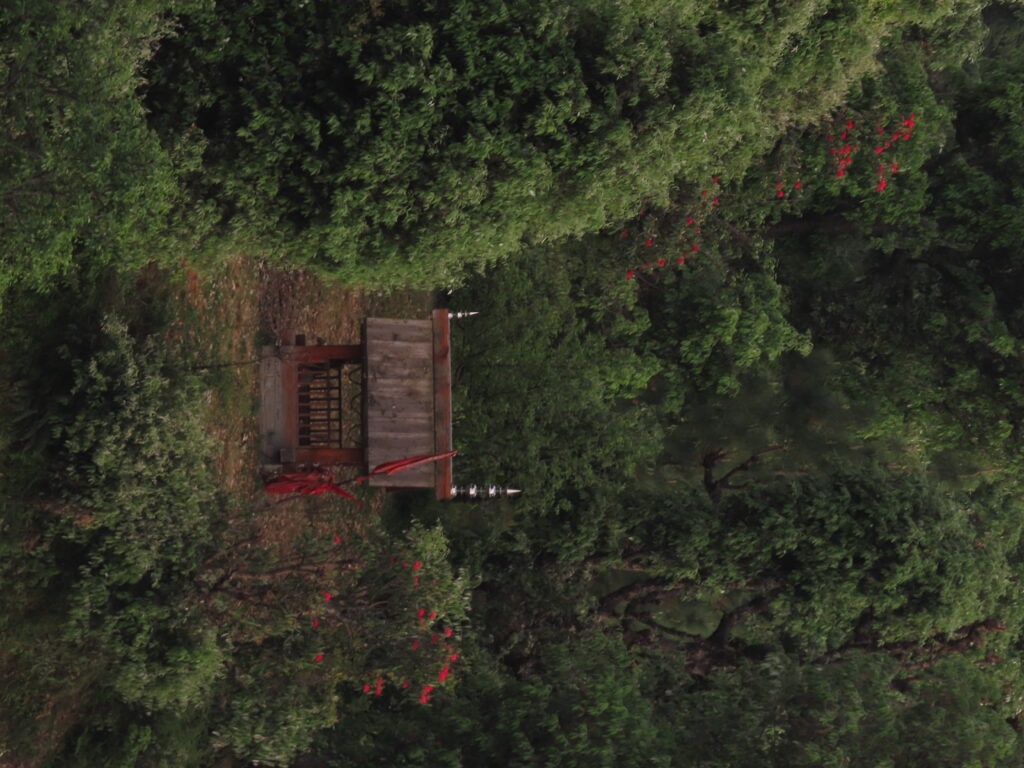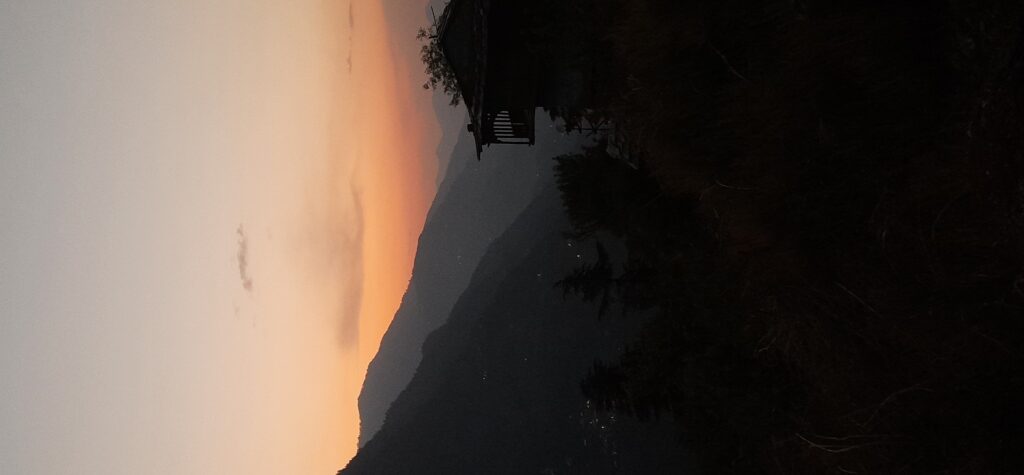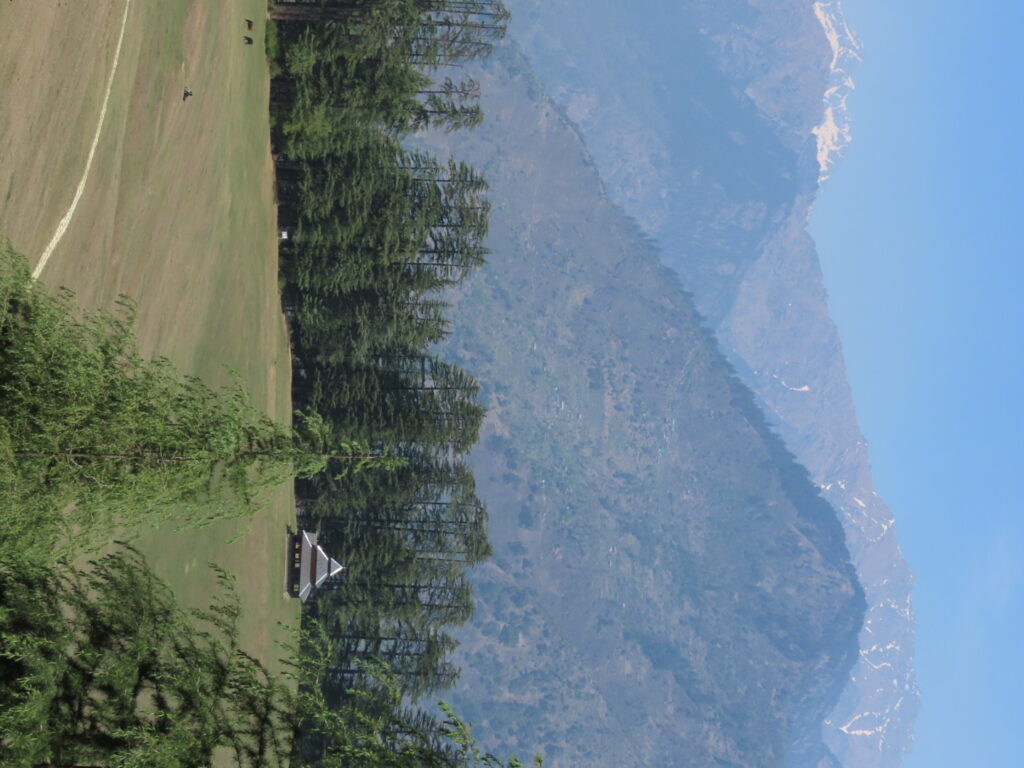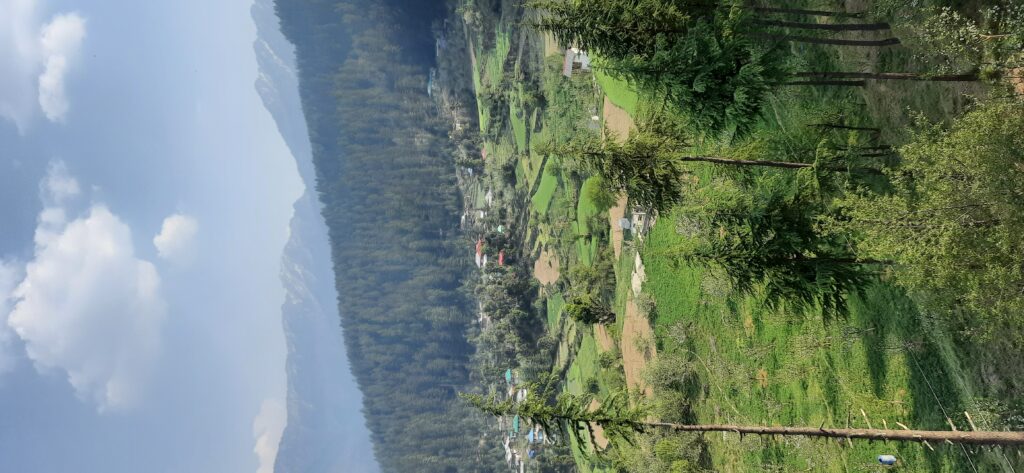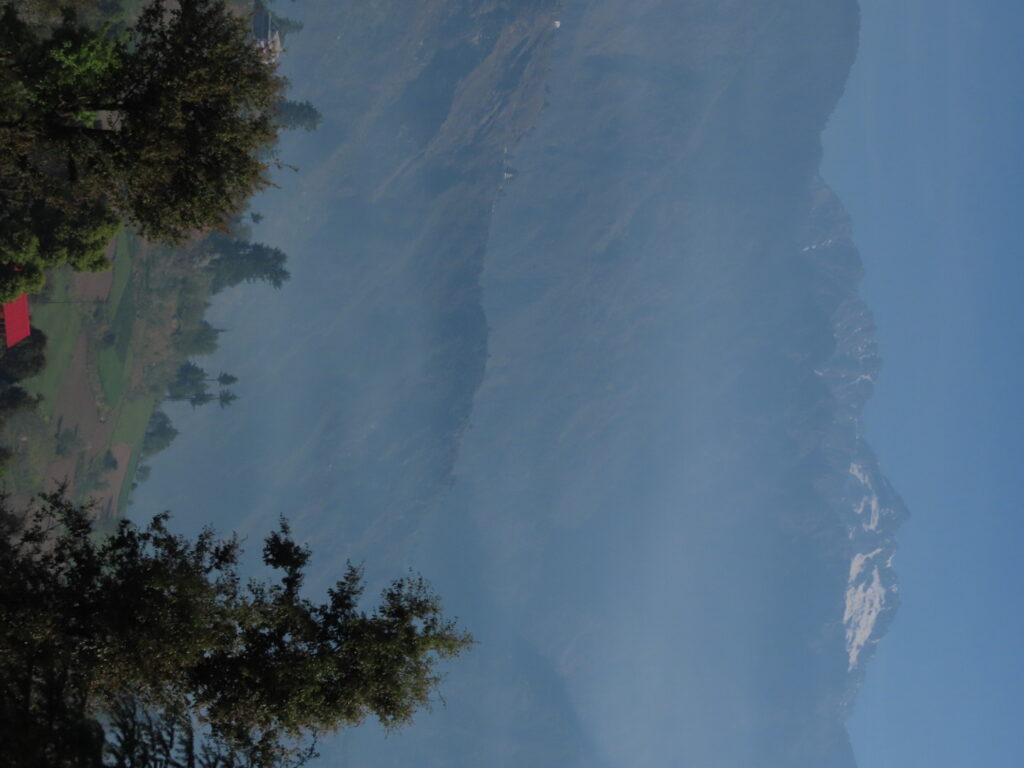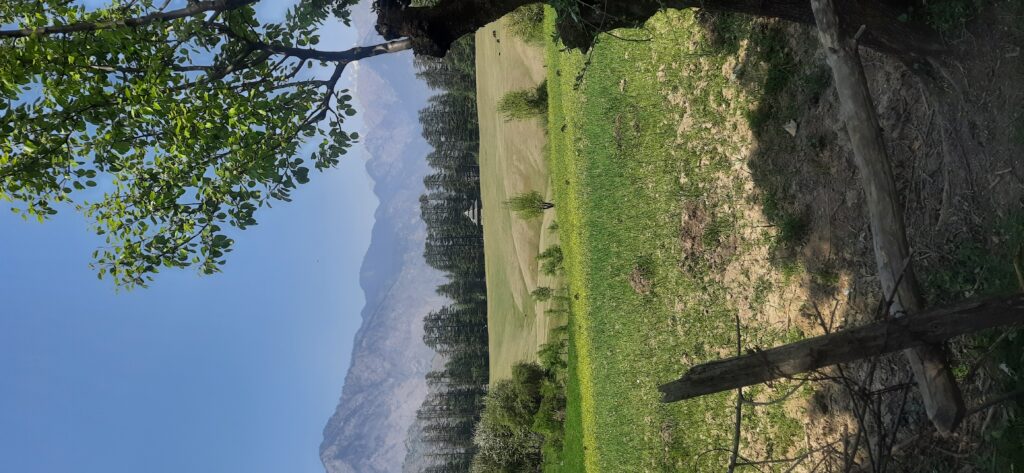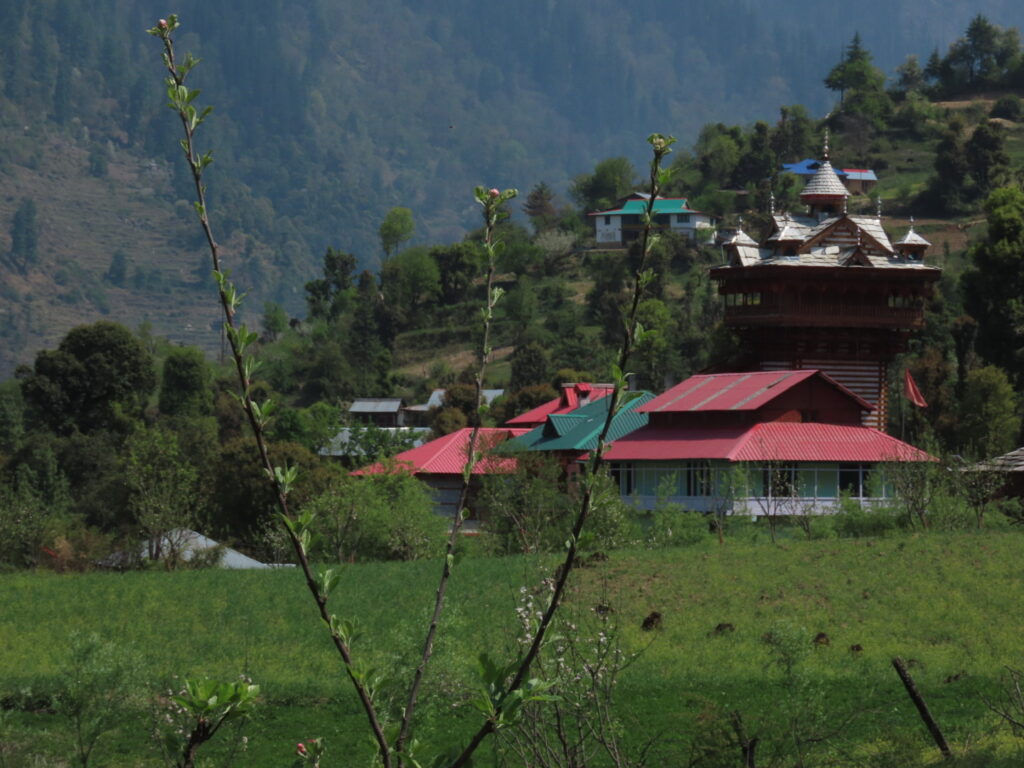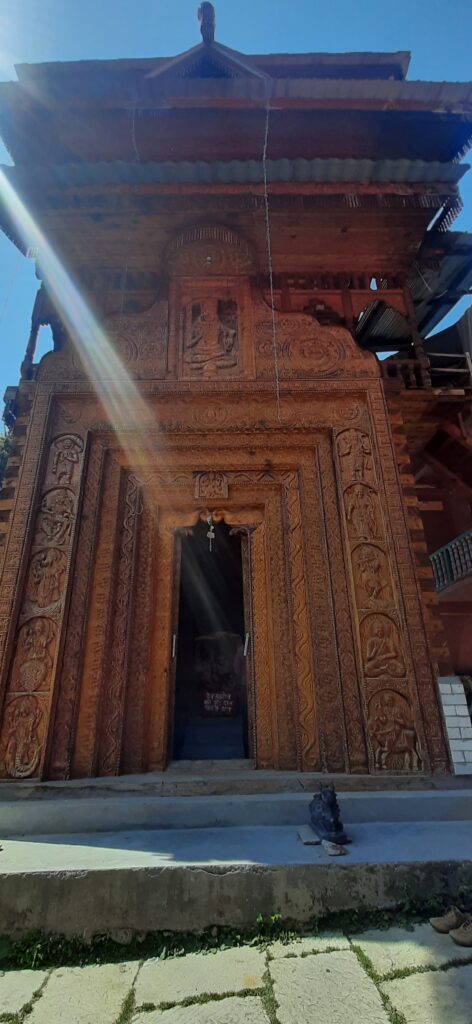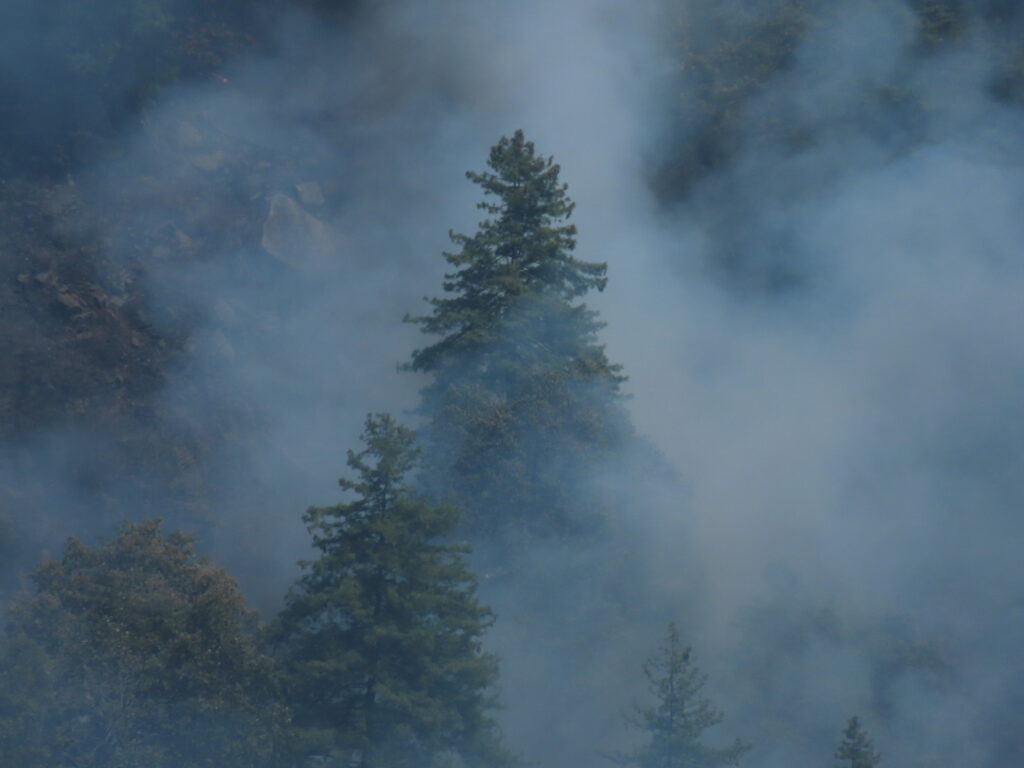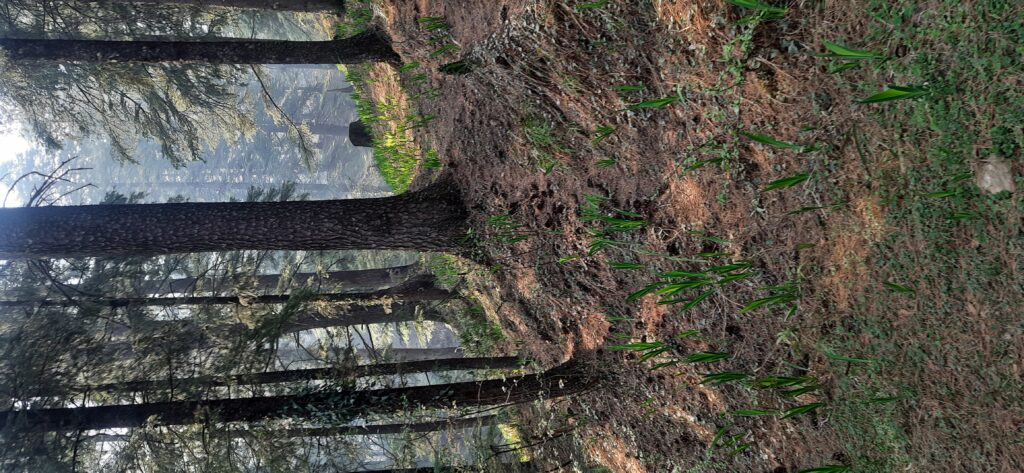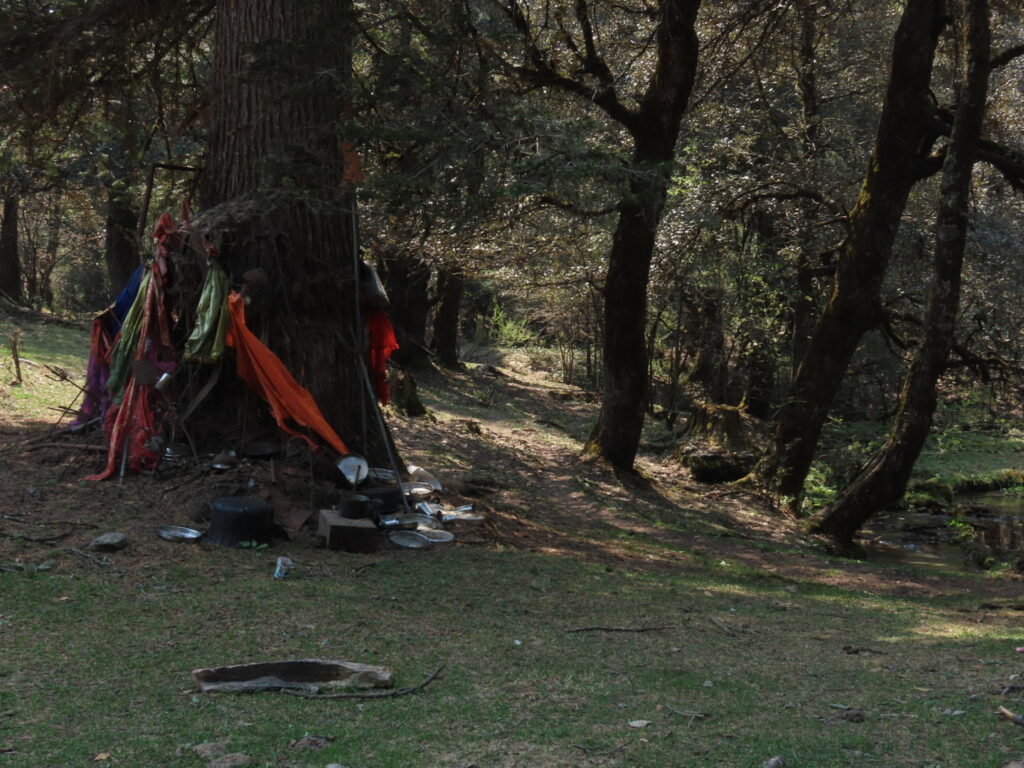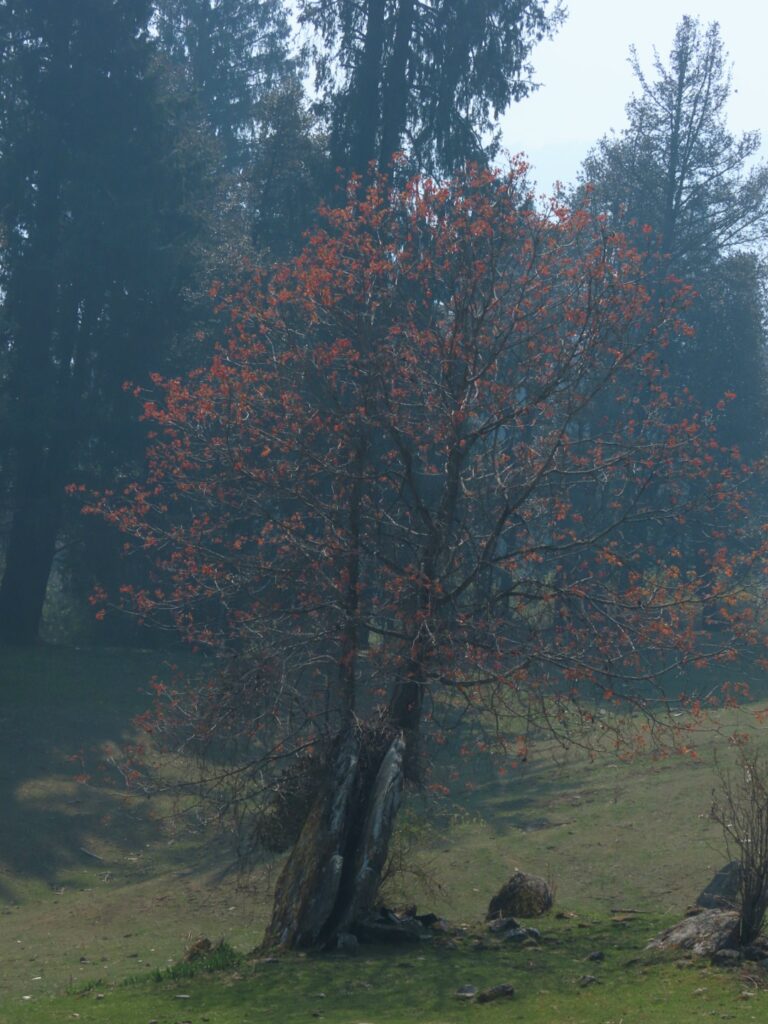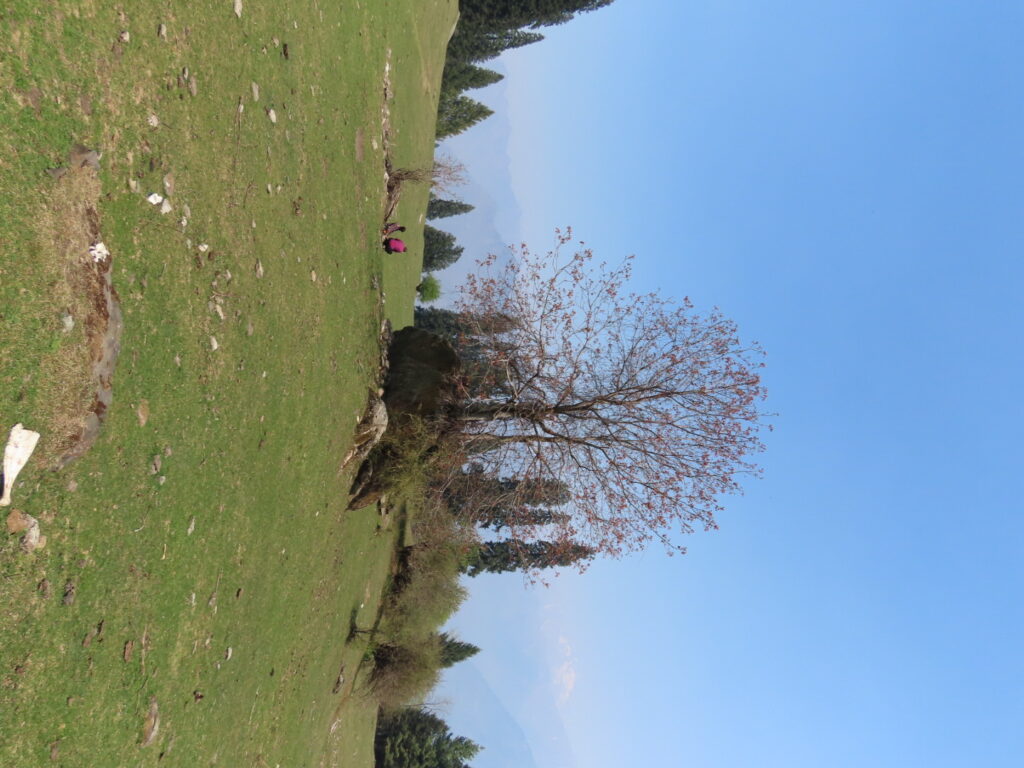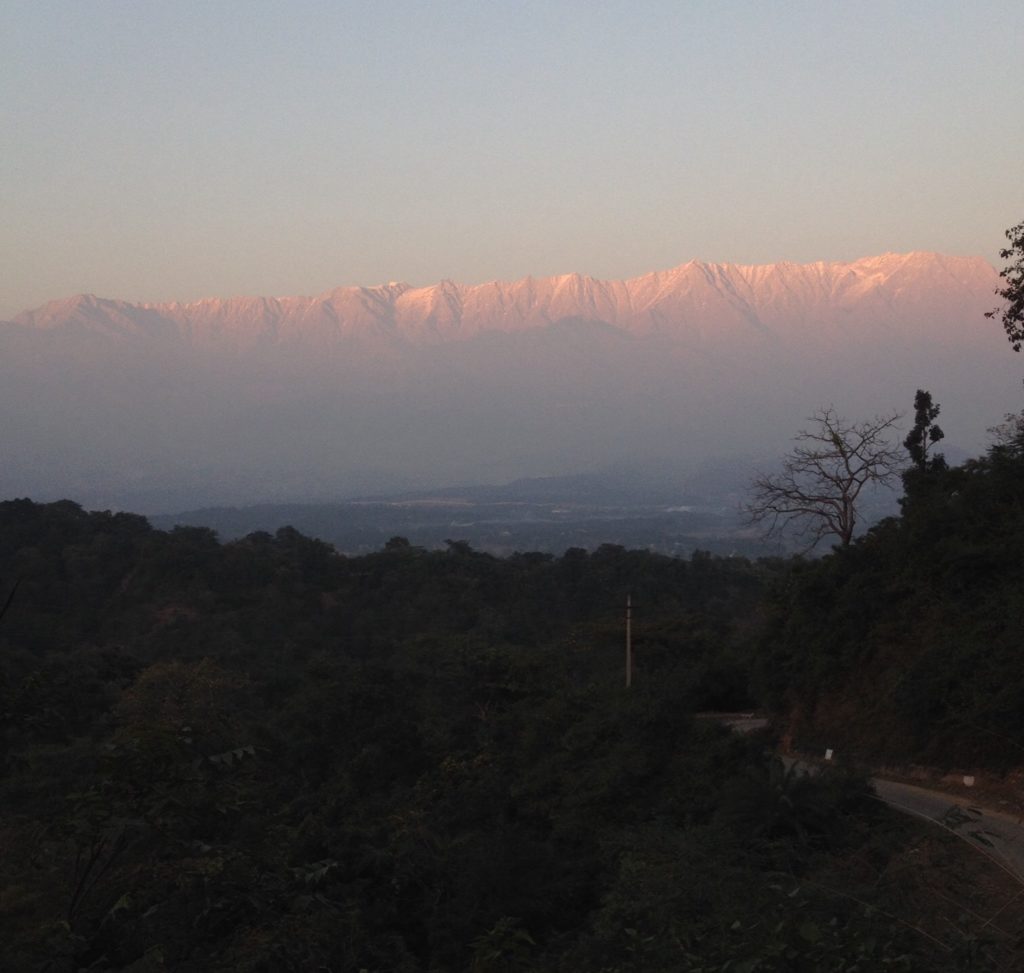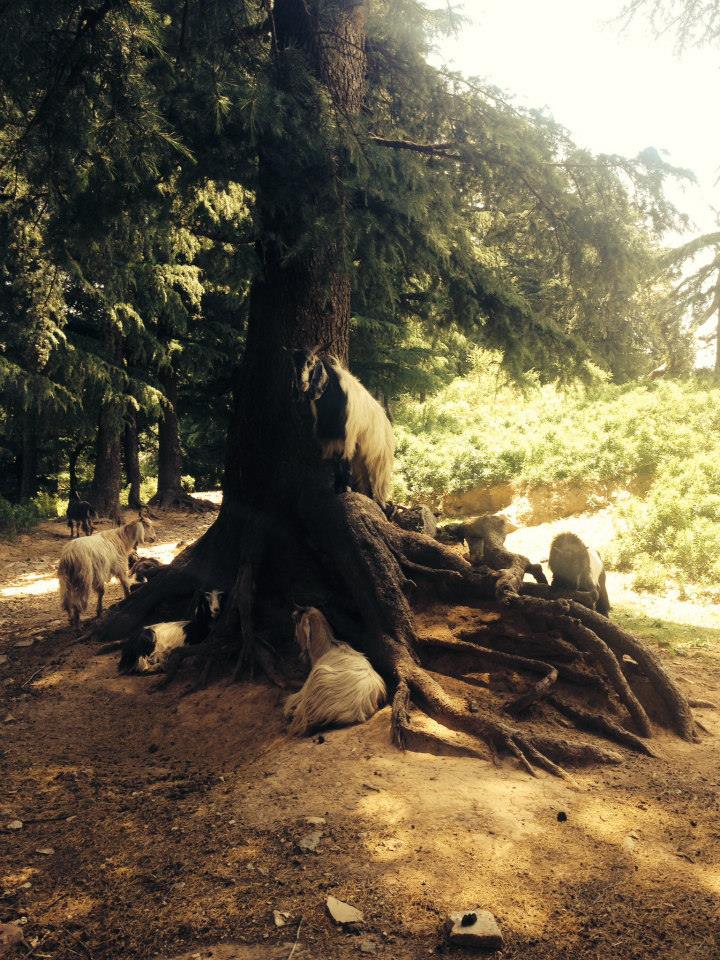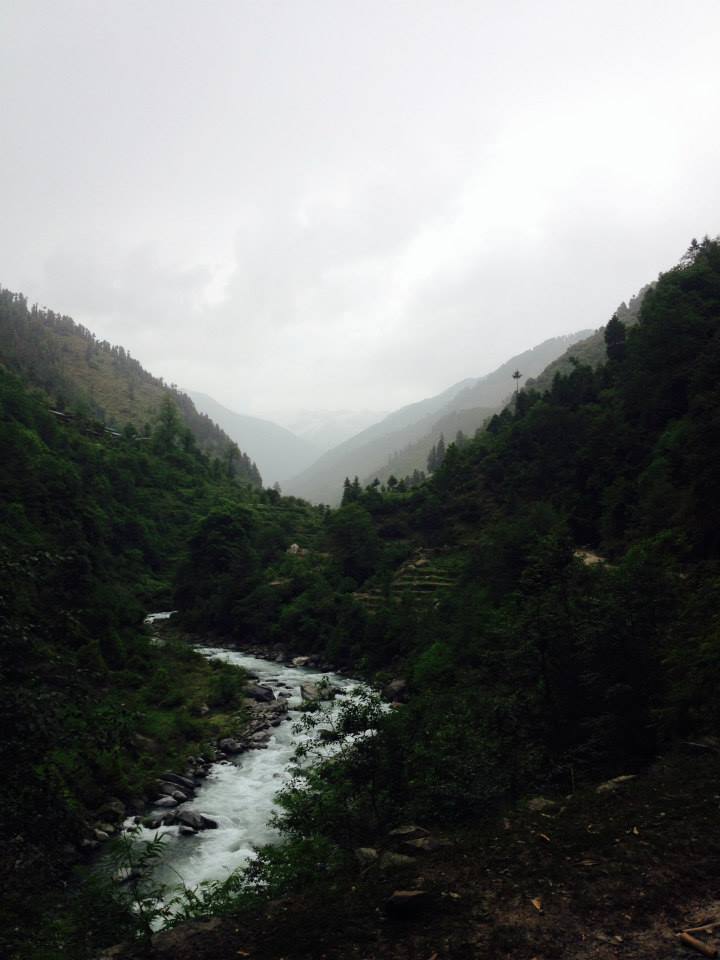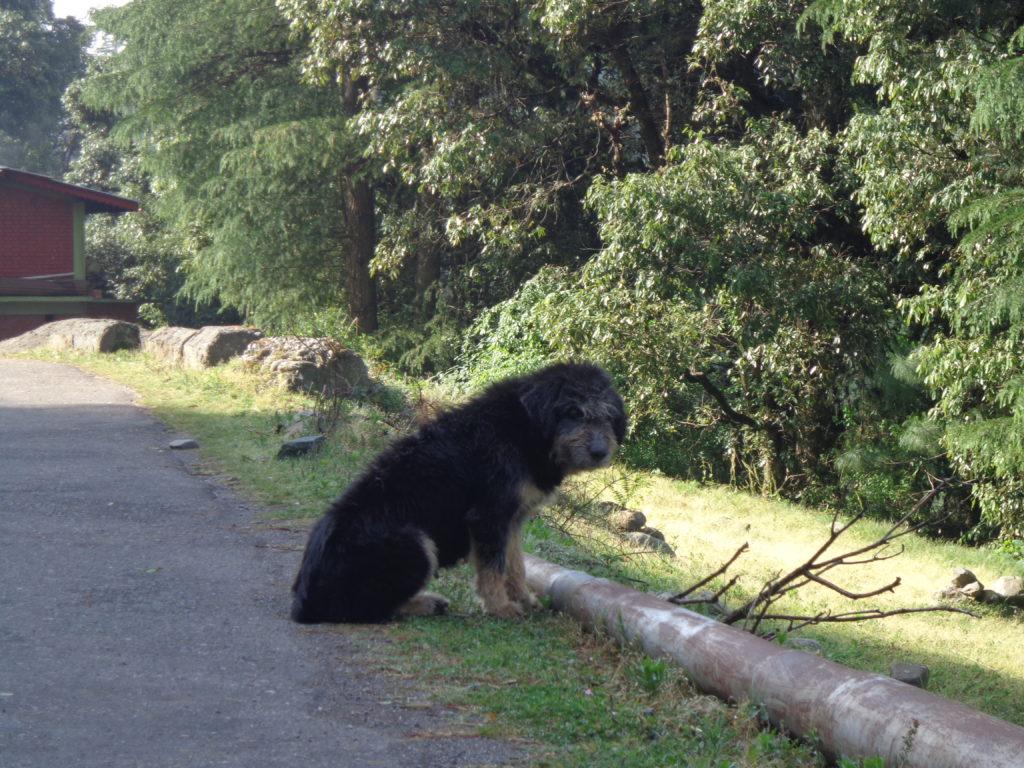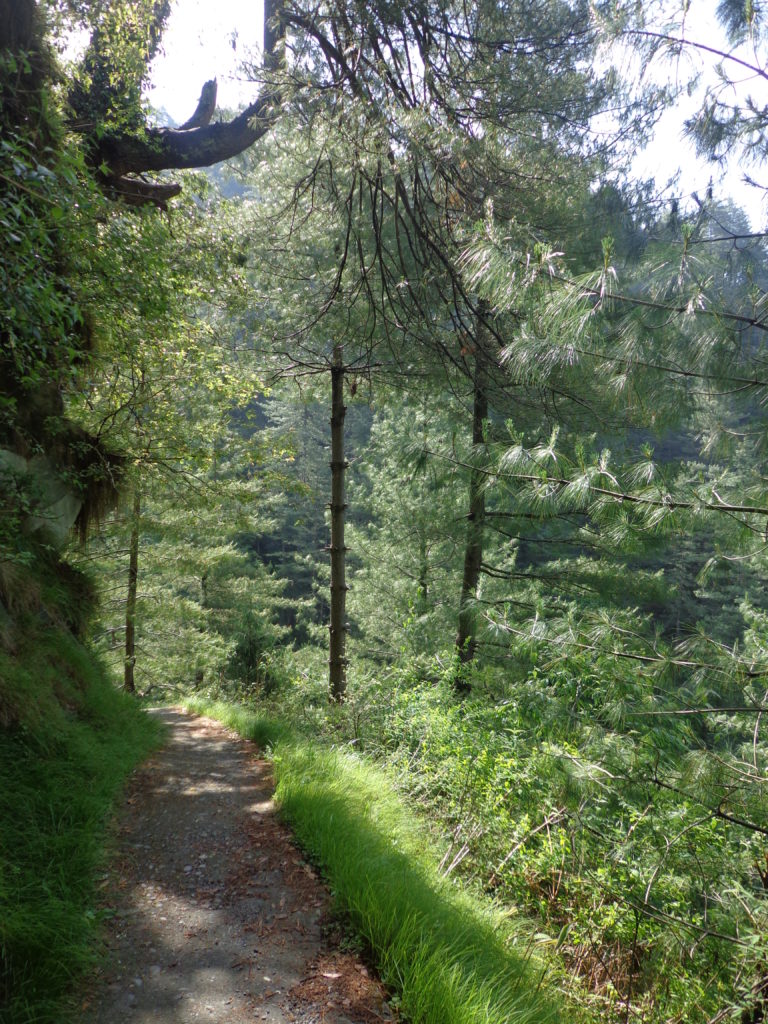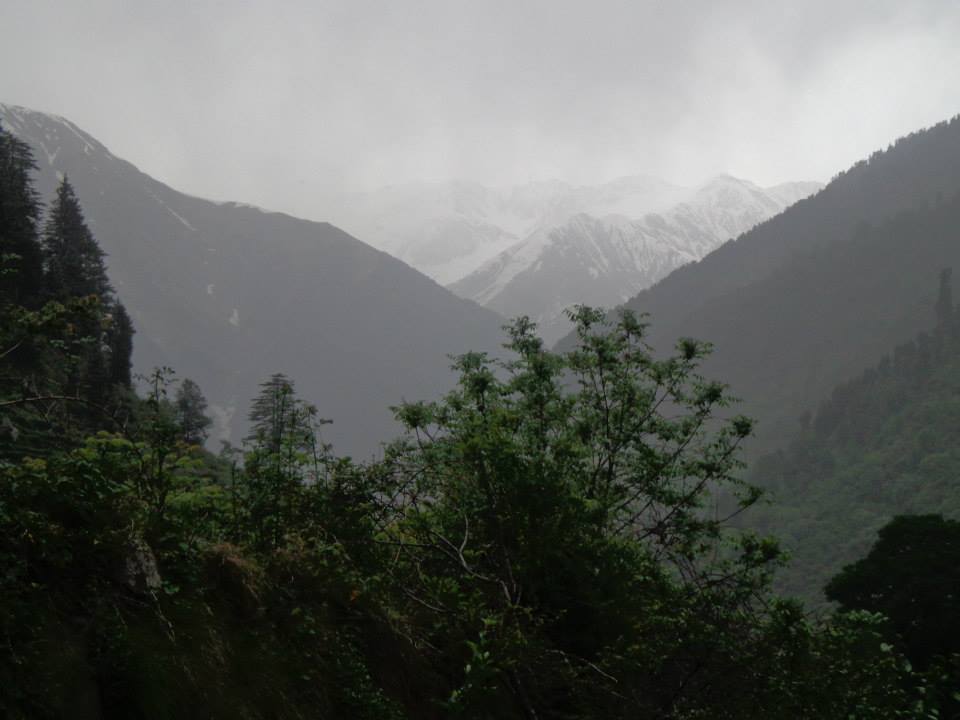The Central Asian Republics itinerary started with Kyrgyzstan, but quickly shifted to Uzbekistan and Kazakhstan. The man and daughter enjoy the mountains but climb them only under duress. She and I had just done Amarnath and she would have been an unmoving stone had I suggested another trek. ‘Want to do a trek in Kyrgyzstan?’, I threw the question to the best friend who is constantly climbing mountains or diving into the depths of the seas, my only beacon of hope and company. The conversation ended with a ‘why not’. Ten days later she called asking if I would be interested in a trek to the Alay mountains AKA ‘Asia Patagonia’ in Kyrgyzstan. Yes, yes, I replied before even reading the details. So began the adventure…
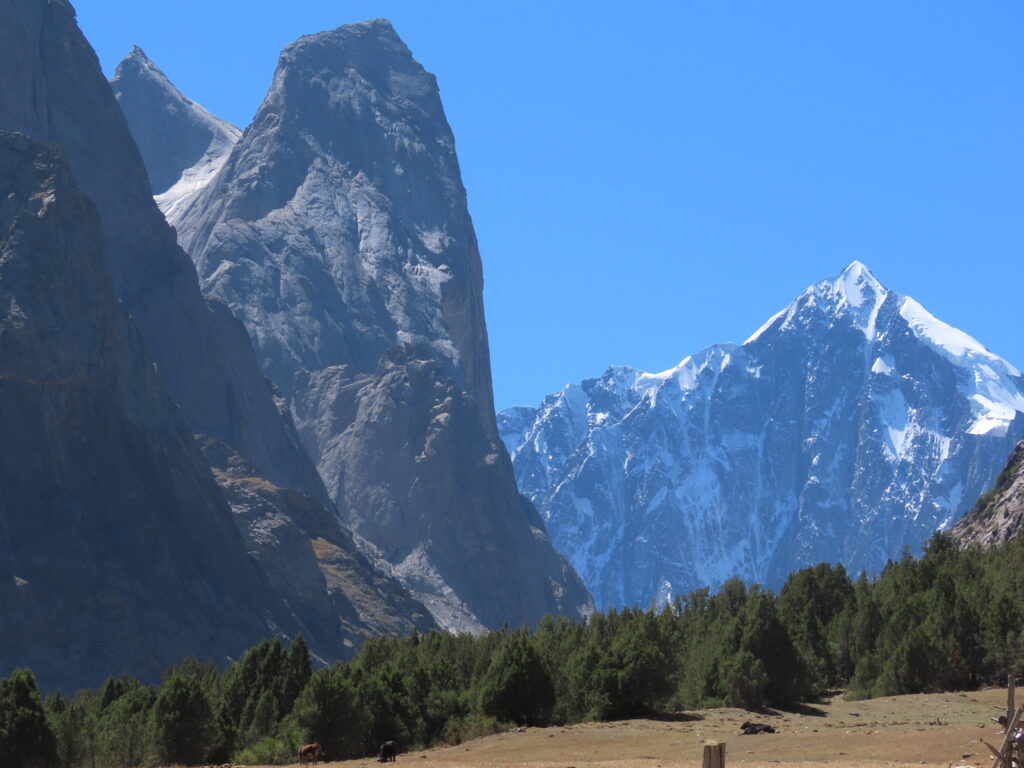
Kyrgyzstan is a land of extremes with mountains running through the country’s geographical tapestry. Mountains woven a gentle moulded green in the north and crazily craggy brown in the south. Most people trek in the northern Tian Shan mountains, climbers head for Lenin Peak. (The Russians are still missed) The southern part bordering Tajikistan (No love lost here surprisingly) has the more unexplored Pamir Alay ranges which form a claw in the Turkestan area in the southern part of Kyrgyzstan.
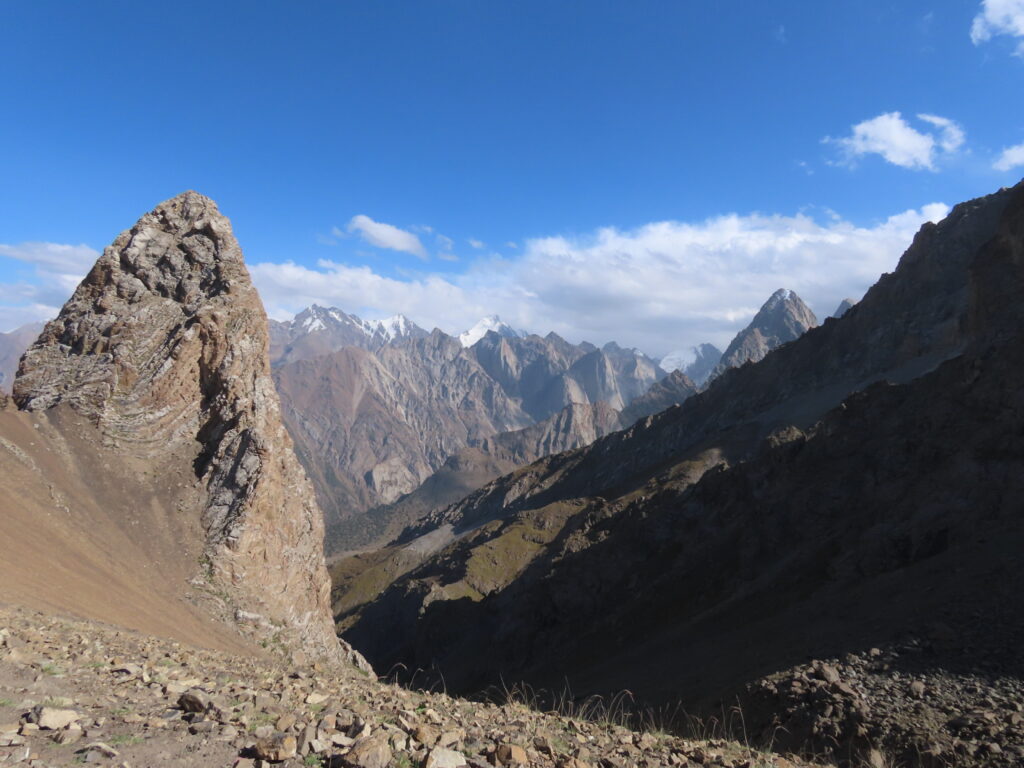
My trekking partners, all experienced hands or rather feet, joined me at Tashkent. After a day of exploring the capital, we drove out in great style in a spacious van, past tapchans being sold on it’s outskirts, through the fertile Fergana Valley with the Syr Darya draining it, along cotton fields and skirting Andijan which Babur called home till he lost it and found Hindustan, never to return, till we reached the border. Where all the style evaporated!
Entre
We are told by the guy organizing our trip that someone will assist in crossing into Kyrgyzstan but it does not materialise. We are dropped at the border and walk laden with our backpacks and exit Uzbekistan easily only to get stuck in no-man’s land with a whole lot of Kyrgyz returning home. It is a little chaotic involving a dash to a gate at a covered cattle run. (Comforting to know we are not the only ones with no sense of lines) In the melee when the gate is opened, the guys nearly don’t make it through with their loaded luggage till a guard hears their ‘tourist tourist’ and yanks them in before slamming the gate shut behind them. We are stuck in that pen for what feels like an eternity. A woman next to me is carrying interesting looking chicks in a box. They have a fancy hairdo and socks. Suddenly there is a surge and a quick stamping of passports and we are in Kyrgyzstan hunting for our driver who turns out to be a chatty animated fellow and our guide for the duration- young, smiling Kuba. Settled in a comfortable hotel at Osh we have dinner at Navat, where they give blankets to warm us outdoors. I like! The meat platter has slivers of horsemeat and ox’s tongue apart from other meats but although I taste, I don’t relish it… a beautiful black horse keeps prancing around my mind. (Not an image to make it more palatable)
Next morning we meet Azi, the owner of the trekking outfit whose first question is, ‘how did you discover this trek?’ After a quick briefing and the obligatory picture we head out of Osh on a long drive.
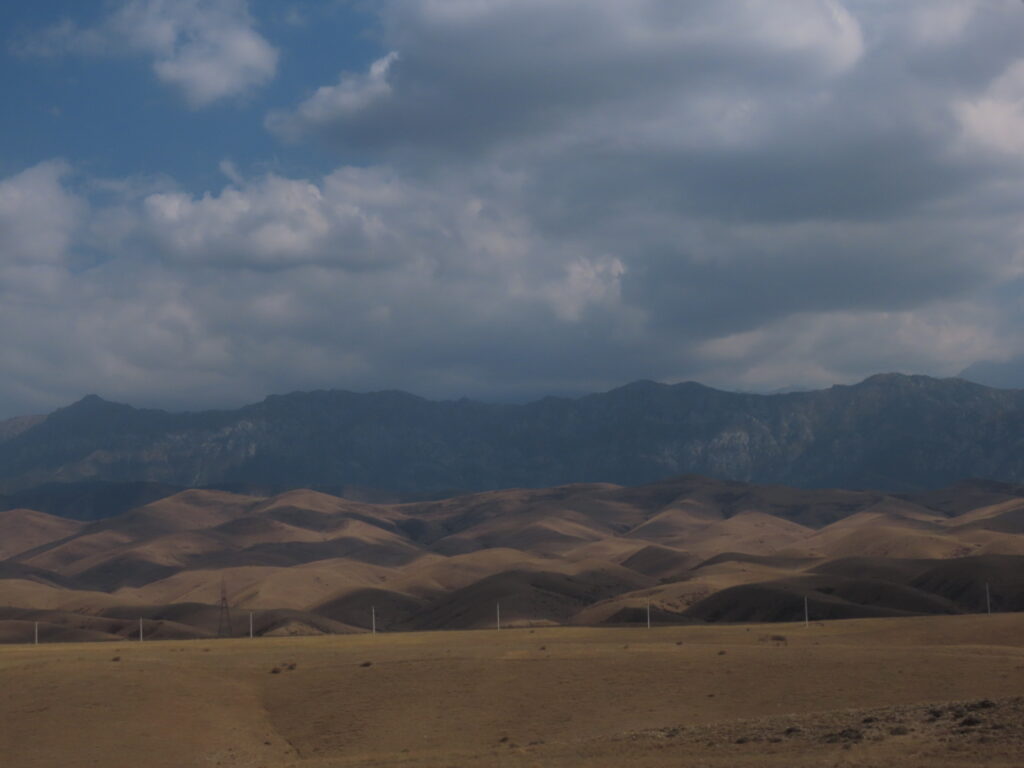
Skirting bare mountains, journeying past rolling fields and weathered hills, we turn off the highway onto a dirt track and finally reach Uzgurush, in a narrow valley with poplars, orchards, a gushing stream, and the homestay of our local guide- bright eyed, warm, superbly knowledgeable, and capable Sulaiman. After tea we take a walk around the village accompanied by his nieces, a pretty, shy teenager and a chirpy social younger one for whom language is no barrier to have a full-on conversation. We find cherry, pear and apple trees laden with ripe fruit. It is a piece of paradise! And we raid some of it. I think the raiding or something does not agree with me and I am sick in the night.
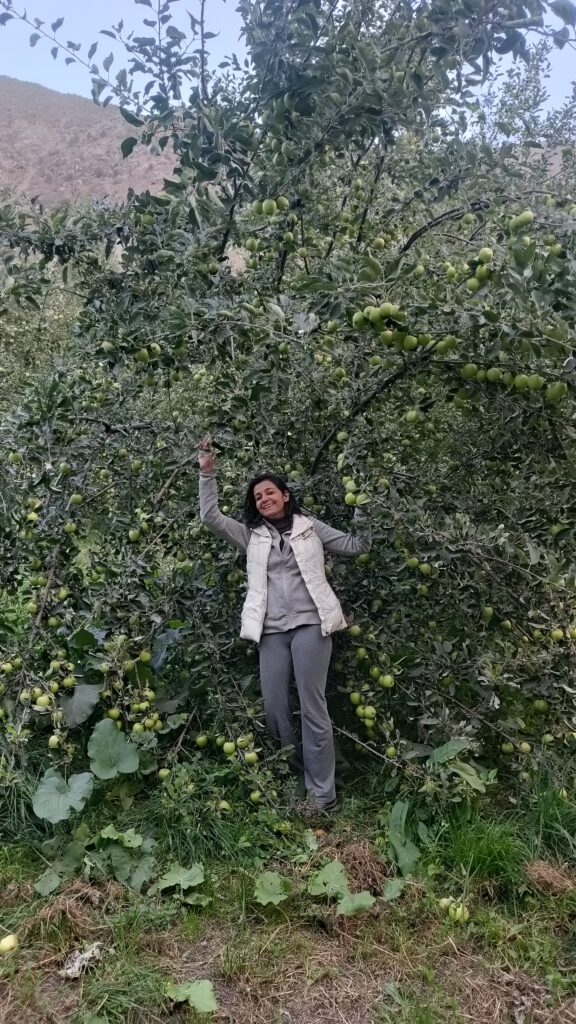
Moving through the Maw
In the morning the entire family sees us off and we follow a track out of the village and into the scrubby mountains, follow a stream under some lovely shady trees and then suddenly up a winding path. The donkeys, minded by two brothers- Zainidin and Kurban, carrying our packs overtake us as we trudge up a fairly forgettable hill till we reach a skeleton of a hut. Lunch here is a spread-cold cuts, cheese, fruits, naan, tea, coffee and dry fruits. With Sulaiman every meal is a treat. An army marches on its stomach is a saying he takes a notch up. We might not be conquering land but something more, intangible and profound.
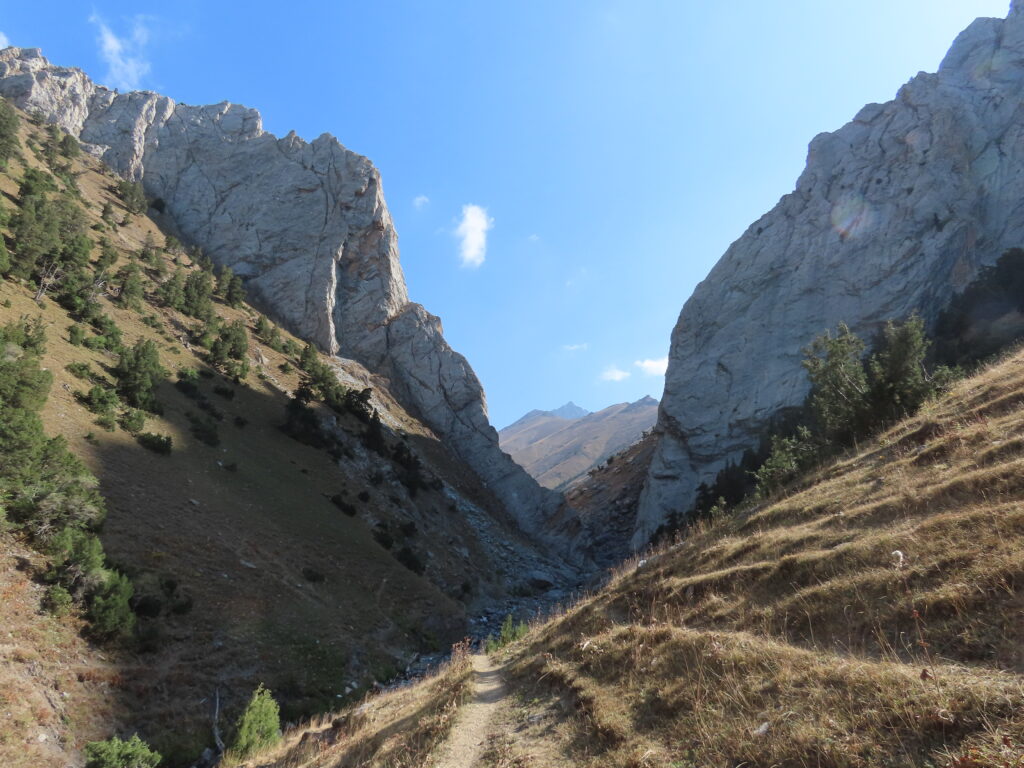
We walk through spruce trees till a crest. On the other side is a small alpine meadow with ruminating cows by the Ak-Tash River. It is still a stream here, coming through a ravine and we follow it to where it emerges though the open mouth between two converging slopes topped with jagged rocky white teeth. A pair of bearded vultures waltz above us close to the craggy top. We pass through the mouth and come to our first campsite. The sun disappears quickly and the breeze rushes through the gap. We soon have a blazing fire going.
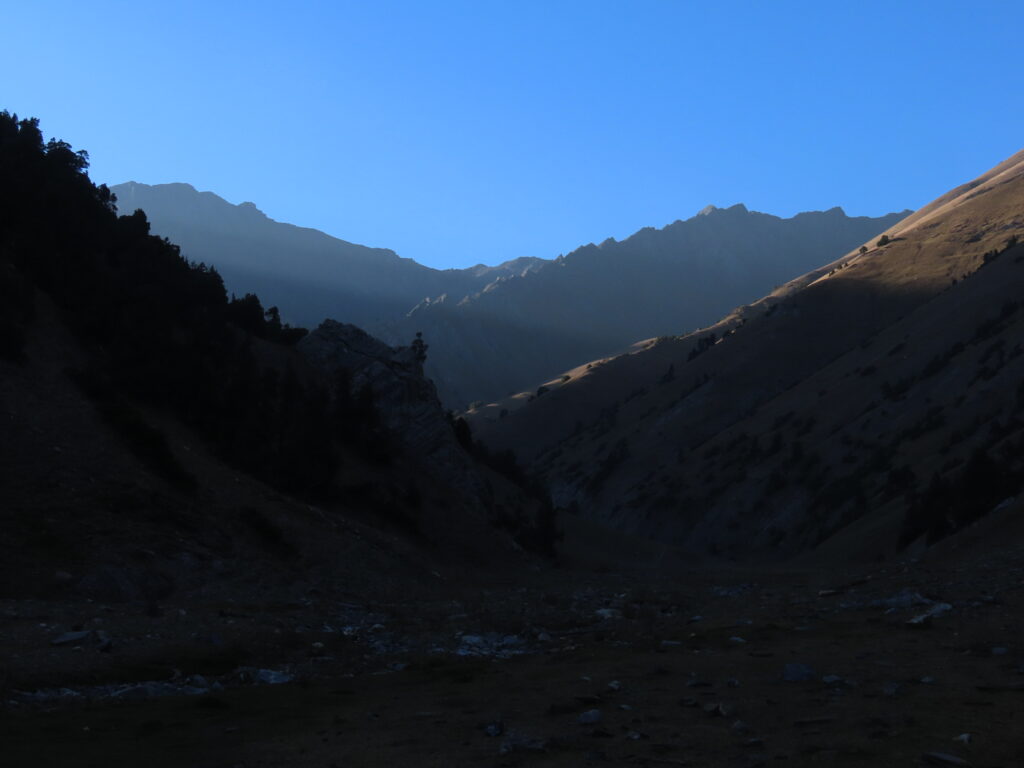
Two Trying Tops
Next morning as sunshine makes its way down the dark slopes, we make our way up. Each valley and meadow seems to have one shepherd with his flock and dogs. The first pass of the day, Dzhalgychy, is a slow laborious climb on a barren mountain of scree. I spot a griffon looking like an extension of the rocky outcrop it is perched on. The best bit about trekking is the view from the top and the worst is the descent that awaits on the other side and thus begins the saga of holding Kuba’s hand.
Explore – Tarsar Marsar : Memoirs of an Escapade
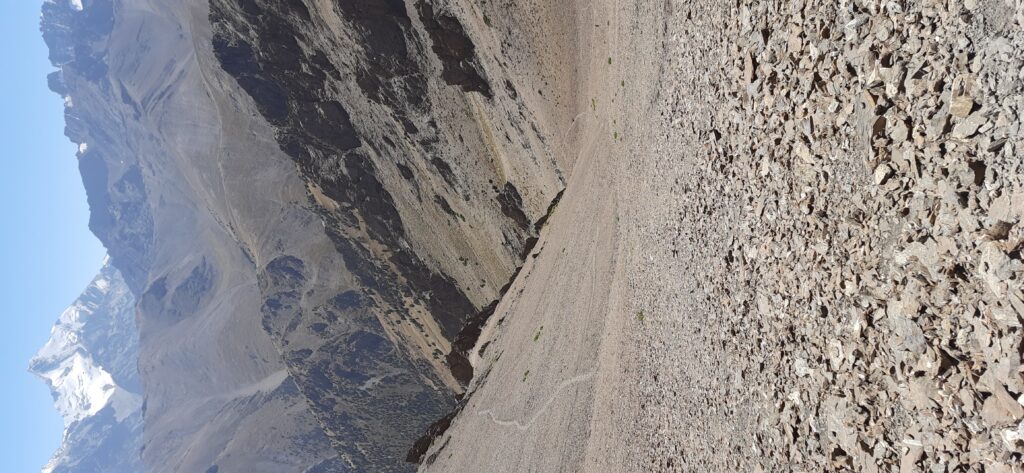
Vohra, Satish and Yadav disappear quickly down the slope. With a sad sense of balancing, I seem to have two left feet. After the initial steepest portion I let go of Kuba. I slip twice or thrice landing on my backside and I walk into the group having lunch with nothing more than a scraped hand and bruised ego. I am not hungry but Sulaiman deftly cuts a musk melon and places it in front of me with a ‘eat’ that brooks no argument. It is the sweetest melon I have ever eaten! We get out of this steep, nondescript gully and cross a sloping boggy meadow and start climbing the steep far side. It is a winding, mindless climb. Kuba tries to make it more palatable by pointing to a rocky feature on top. We have to go there he says. ‘There’ resolutely stays there for the longest time! But ‘there’ is not it!! There is more…a little more gently near the crest.
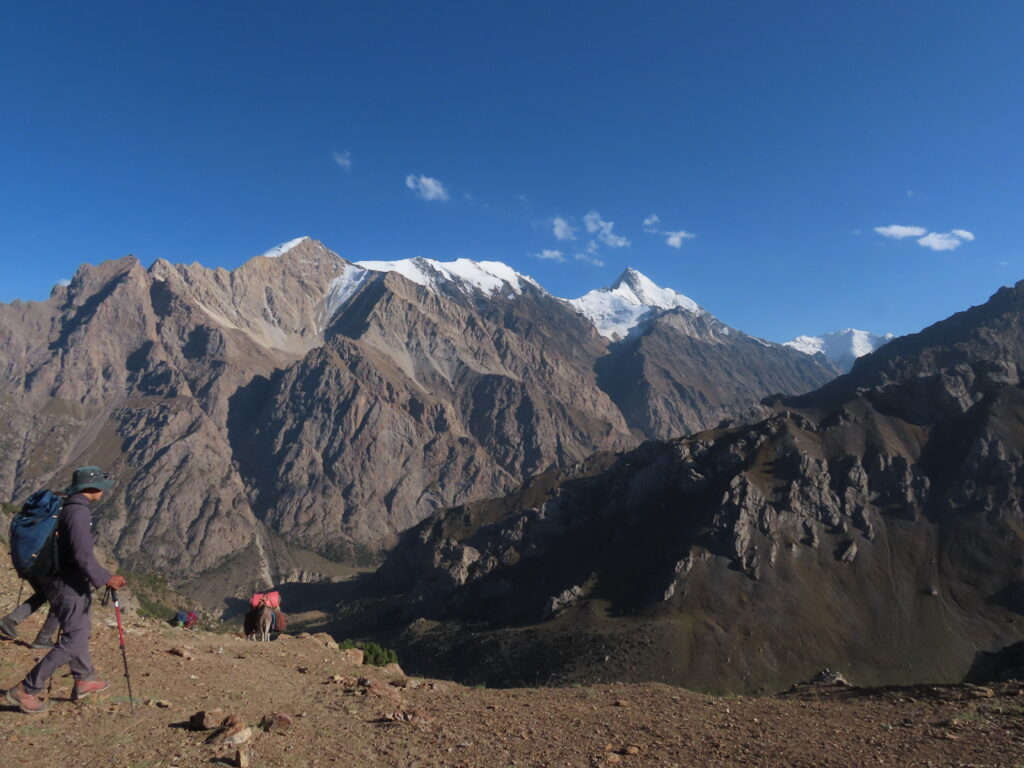
The donkeys are resting before the traverse and Kuba points to a towering peak across the valley. We will cross that tomorrow. I think he is pulling my leg. Suddenly I find he has ambled on, the two brothers with their donkeys are also off and I am alone. The traverse is narrow and the slope disappears into nothingness below. I call out to the brothers and Kurban leads me on a trot till the pass and Kuba. When we hit the treeline below Kuba runs off. Yadav relievedly hugs me as I straggle into the camp and Sulaiman asks all good? All good!.. Chai please.
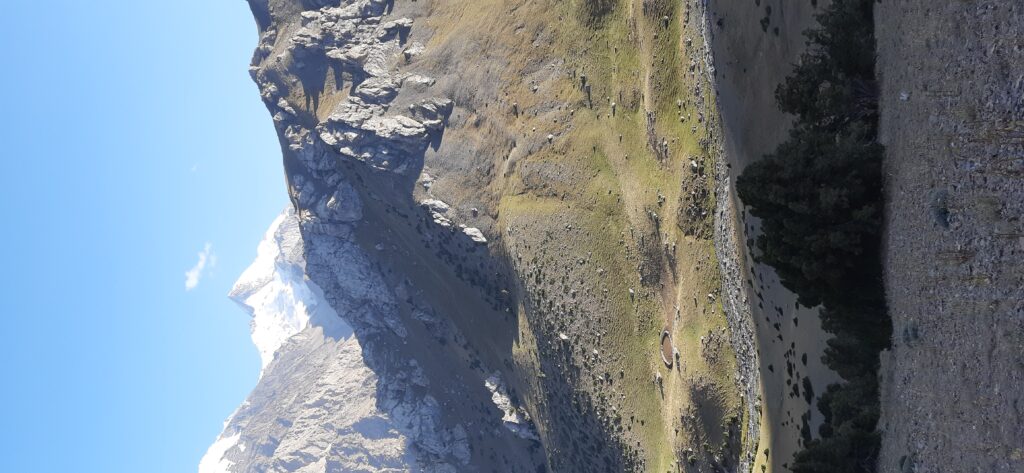
A shepherd with his gorgeous dogs and herd sweeps down from the mountain in the fading light while Kuba drags an entire tree down the slope to light up. Sulaiman decides we will have bar-be-que for dinner since there is plenty of meat on hooves available. The others have disappeared into their tents and the shepherd drags a sheep for my approval and I try to smile yes, yes and quickly look away. A bit much for me but not for Vohra who wants to see the entire process.
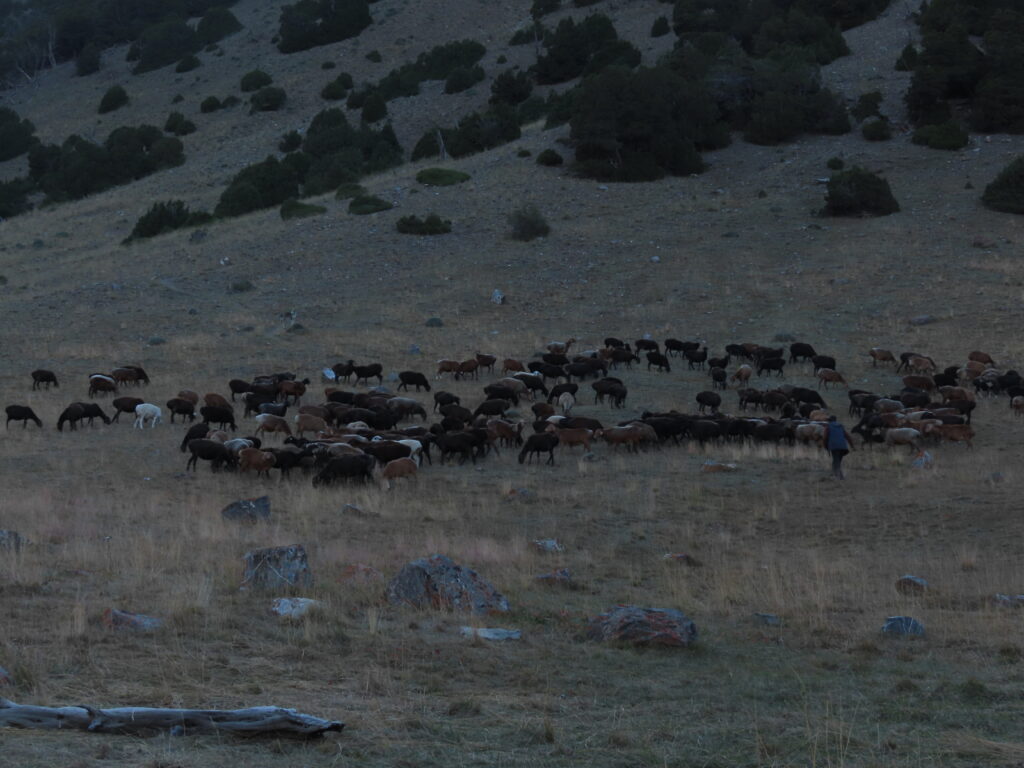
Ak Suu is the Acme
As we set off the next morning, we realise we had camped high up in a branch of the Orto Chashma Valley. It is beautifully lush with an arctic blue river coming down from the snow bound knot of peaks at its head. We are supposed to return and head there in two days to the Ak-Tubek Pass. The climb on the other side begins immediately after the stream, gradually at first, then more windingly through juniper trees.
Discover- A Tale of Two Veiled Valleys: Part I- Shangarh’s Meadows are meant for Musing
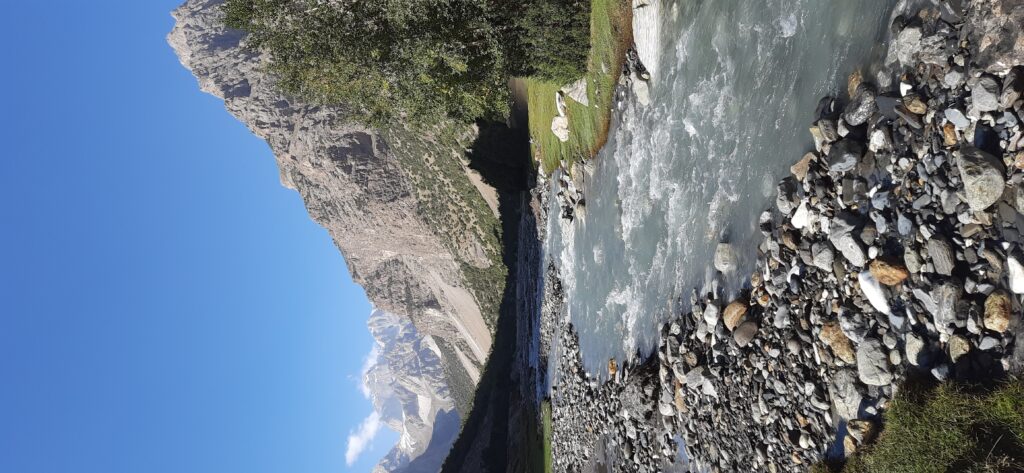
Two Germans coming over Ak Tubek, doing the circuit in reverse, catch up with us. The first pass, Kosh Moinok, is more of a crest giving an incredible view of this valley bound by numerous passes. Somewhere below is a downed helicopter but we miss it. The path ahead is fairly level but narrows into a goat path of soft soil and an endless fall. I focus on Kuba’s feet, hold his hand and follow his lead to our lunch site- A shepherd’s hut with a pen on a sloping patch in the crook of the mountain’s towering arms. Within minutes of starting for the pass we cross a large group of Russians coming down. One is astounded as to why we are here when we have the Himalayas in our country! I am bringing up the rear again soon and the clouds that have been gathering seem to darken couple of shades in a heartbeat. Uh oh! But they kindly hold on. We reach a saddle between vertical peaks of rocks and snow. Beyond the bare traverse the view is stunning from a windy Kara Suu- just a sea of jagged snow bound peaks. A knotted cone rises on one end of the ridge and on the other side, below the peaks, I spot two horses grazing peacefully in the distance looking tiny.
Read- Into a Bamboo Bowl – A Hike to Dzukou Valley
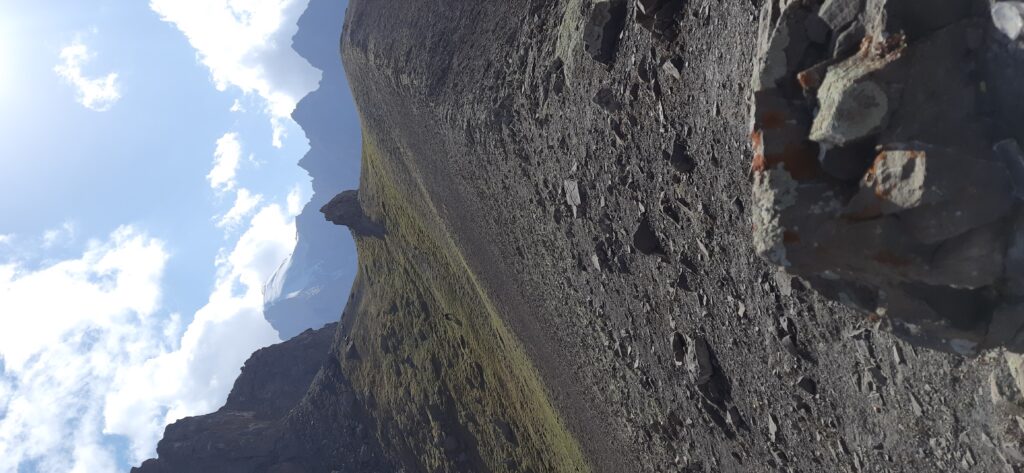
Yadav has started descending. The others have already disappeared but from where? Kuba has taken a stroll while I catch my breath. I ask where is the path and he points to an indention barely there on the scree, curving into thin air. I balk…I can’t do this! But that is not an option and it is getting late. I take a deep breath and we start…. At one point Kuba thinks he should carry me down. The valley is still not visible and the sun is ready to disappear behind the mountains. Not an option either. I will walk all the way to the camp!
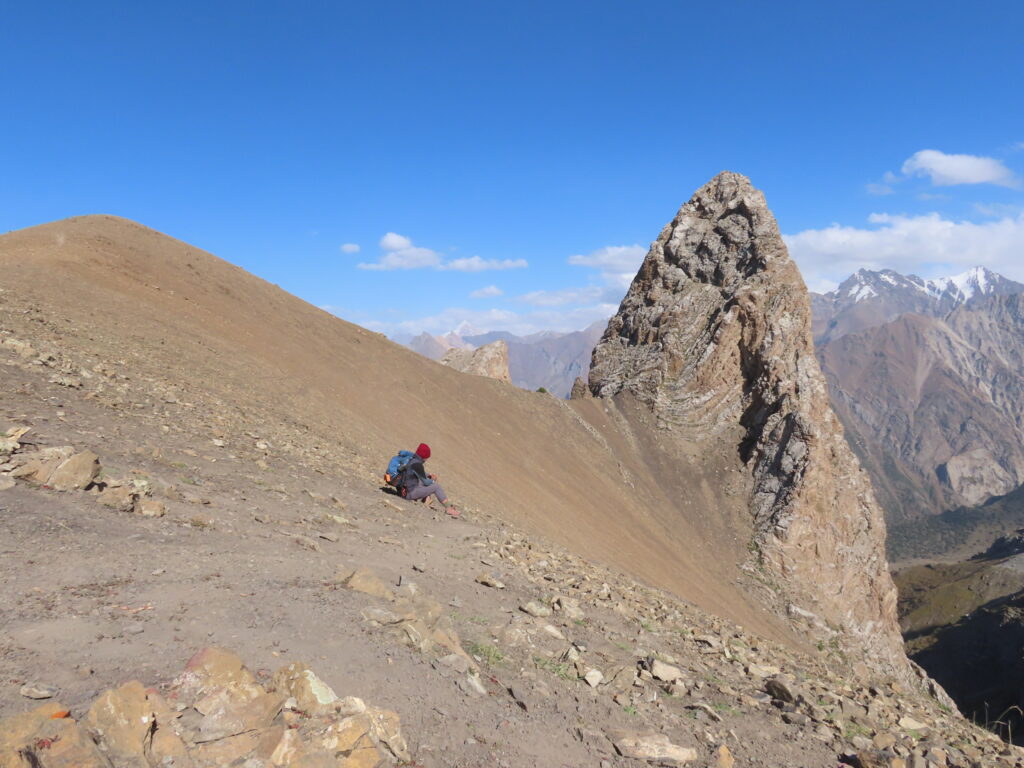
Soon the slope eases up and turns grassy and the path begins to loop. I lose my patience and ask Kuba if we can go straight. We jog, skip, skid down and it is such fun! We spot a large hare on some rocks. The light is fading and the camp remains elusive. Is it up or down the valley? Kuba spots it a little up the valley through the trees. We reach the meadow to find a beautiful black horse grazing and cows ruminating on whatever they ruminate over in a secluded valley like this. That night sitting inside the shepherd’s stone hut we decide not to trace our steps back over Kara Suu. Instead, we’ll head over to another valley and walk to a roadhead and hopefully find a ride back to Uzgurush. Kara Suu has tested everyone’s spirit and given us a day to remember forever.
Also Read- Tarsar Marsar : A Trekker’s Take
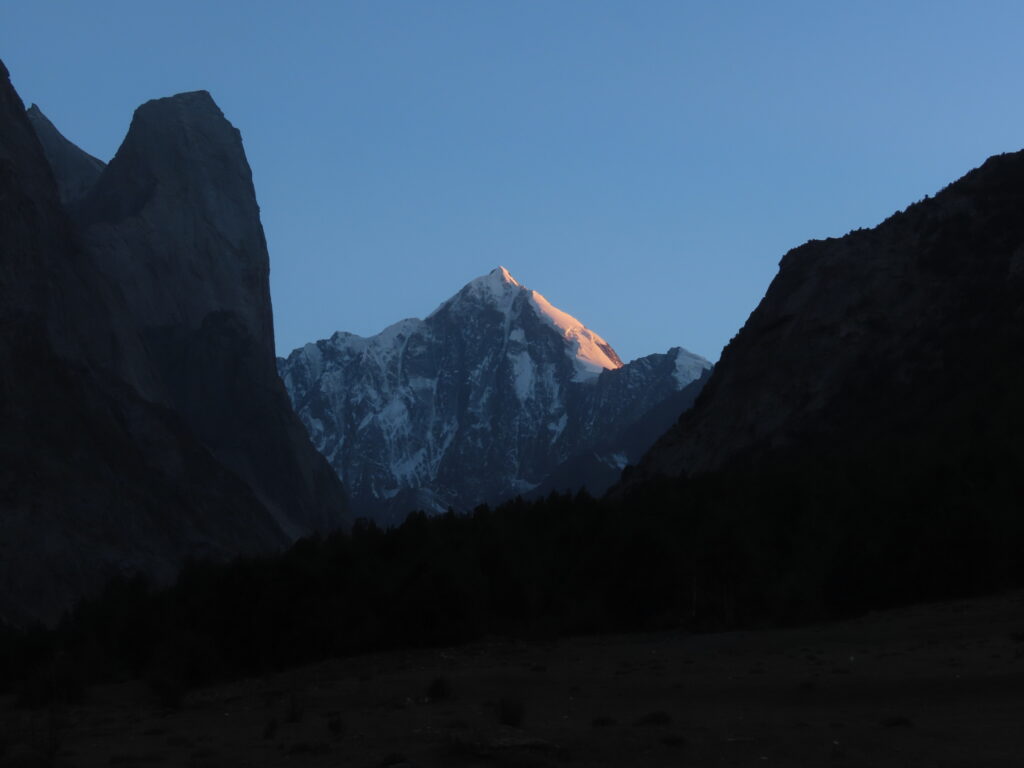
Unmoving Stones of Karavshin
After a night’s rest the spirits feel better and the surroundings look stunning. The deep U Karavshin Valley is hemmed between a towering range of near vertical granite rockfaces, including the twin-Asan-Usen on one side, and a forested range on the other.
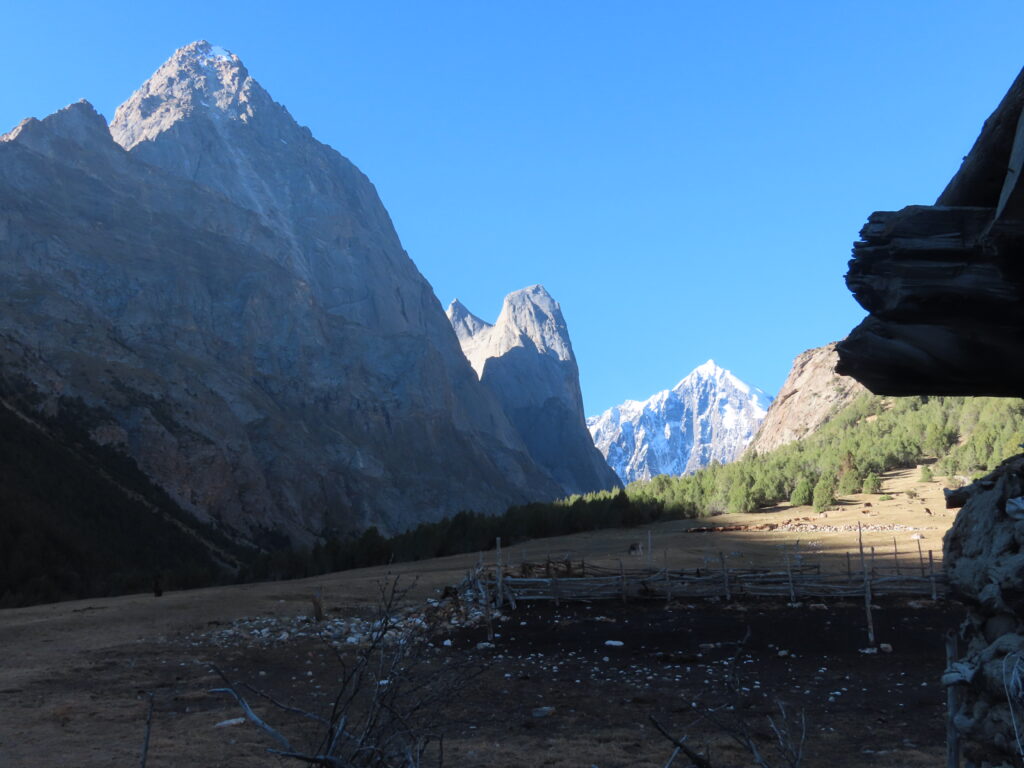
A hike to the glacier at the foot of Piramidalnyi peak is the plan, but glaciers are more moraine than ice and dry and drab in my mind. I join the others but at the first hint of an incline, I head back. A shepherd with a rifle slung on his back, accompanies the others as he takes his flock out. Bears we suppose. It is a beautiful blue day and apart from the griffons gliding the thermals and alpine birds twittering in the thickets there is not a soul for a mile or so. Suddenly I realise oh bears and I am all alone! I sing tunelessly all the way back! Sulaiman hands me a mug of coffee. The sheep he is preparing for dinner smells tantalizing!
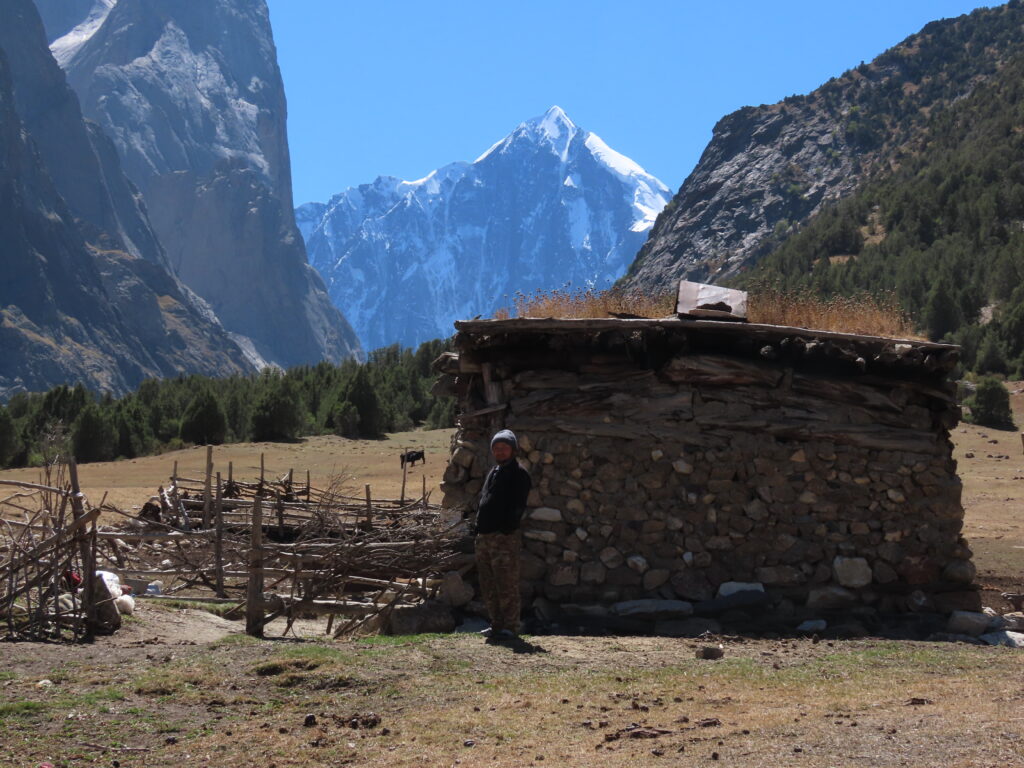
The rest of the afternoon is spent sprawled on the grass. A munching donkey comes to check if I am still alive. I rotate with the sun and leave an indention by the time the others come back from their day’s walk. The rifle was for the wolves trying to get a good last meal before the season ends and the shepherd has been sleeping with his flock in the pen.
Read – Gurez and Kheer Bhiwani- A Visit to An-Other world
Crossing Streams and Soldiers
Next day Sulaiman has promised a fifteen kilometer downhill walk. I gear up mentally for five more. At the stream below the camp we think the boys are chivalrously waiting for us at the wooden bridge. They are, also because the low bridge is wet and horribly slippery. We sit and slither across. After crossing the low range and sighting wolf tracks, we come to a raging stream where there is supposed to be a bridge but it isn’t.
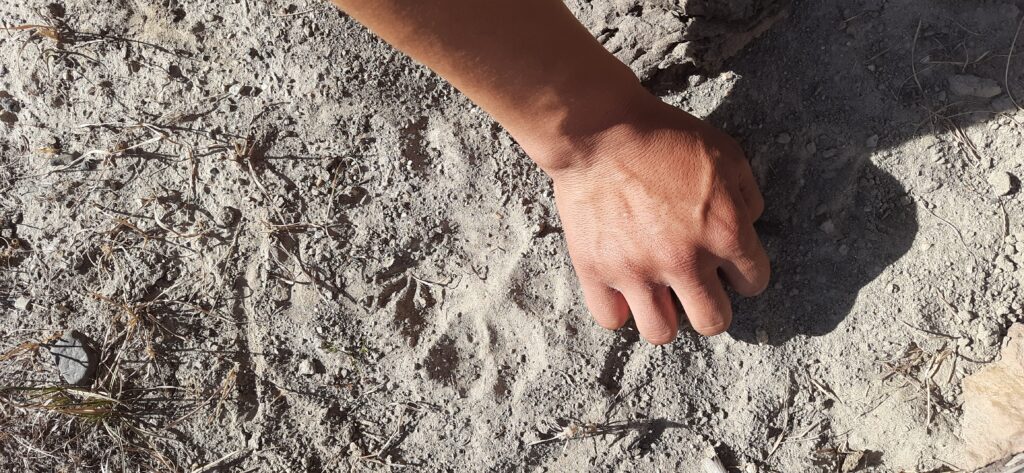
Kuba thinks it has been washed away and scouts around for the next hour trying to find a way to get cross. We park ourselves in the shade above a deserted village. Suddenly we spy Sulaiman walking on the other side. The bridge was upstream. To save time he sends his horses across with Zainidin. Sulaiman’s horse is skittish and I do not fancy being alone on him lest he decides to buck me off mid-stream. So I sit on his rump and hang on to Zainidin and the saddle for my dear life as we navigate the stream in a trice. Satish does the same, while Yadav and Vohra manage like pros by themselves on the second horse.
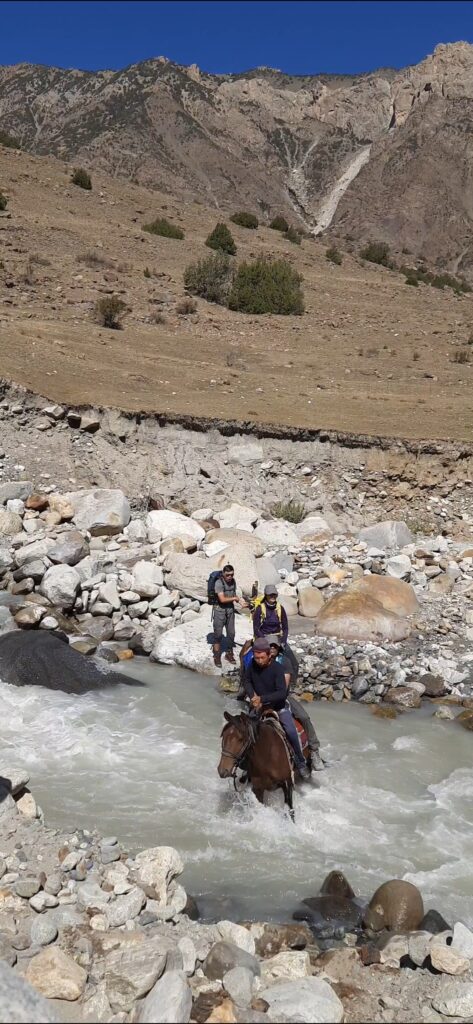
Initially it is a staid walk through a dry, deserted and desolate valley. Two nervous horses across the river and a dead goat wedged between rocks when we are walk through the bottom of a rocky canyon is all the life we see. In between there are couple of vertigo inducing portions high up on the slopes meant only for mountain goats. At one point I nearly want to cry. I am not dying here even though I had joked about it! We come to the remnants of a hamlet and run into a group of soldiers. Our papers are checked and we are searched for narcotics. This used to be the route taken by the Taliban from Tajikistan and here they and the Kyrgyz forces had a bloody skirmish. They even kidnapped a trekker once.
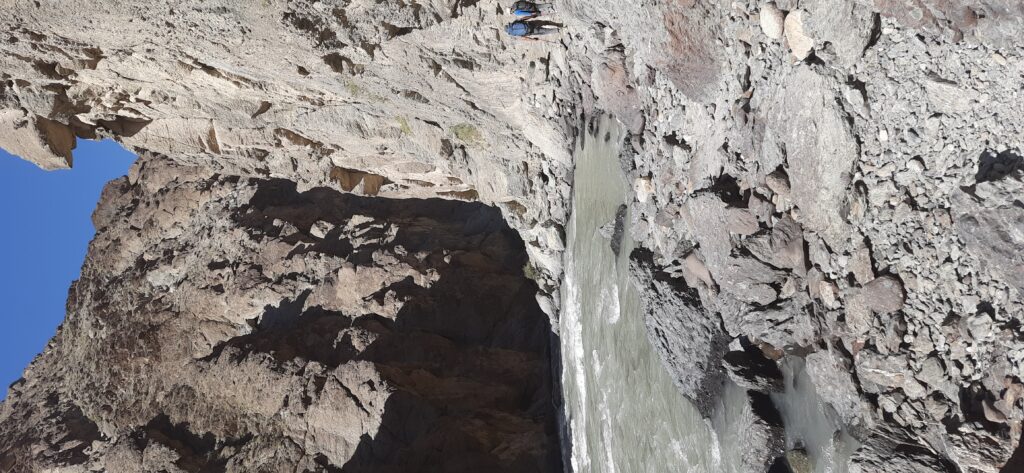
After a walk of nearly twenty-two kilometers we hit the roadhead and a mining camp. Sulaiman retraces his steps to the soldiers to make a call to ask for a vehicle. Zainidin will walk back to Uzgurush with the pack animals through a valley. We make ourselves comfortable on a wooden platform under a tree next to the stream and spend the night under the stars.
Idyllic End
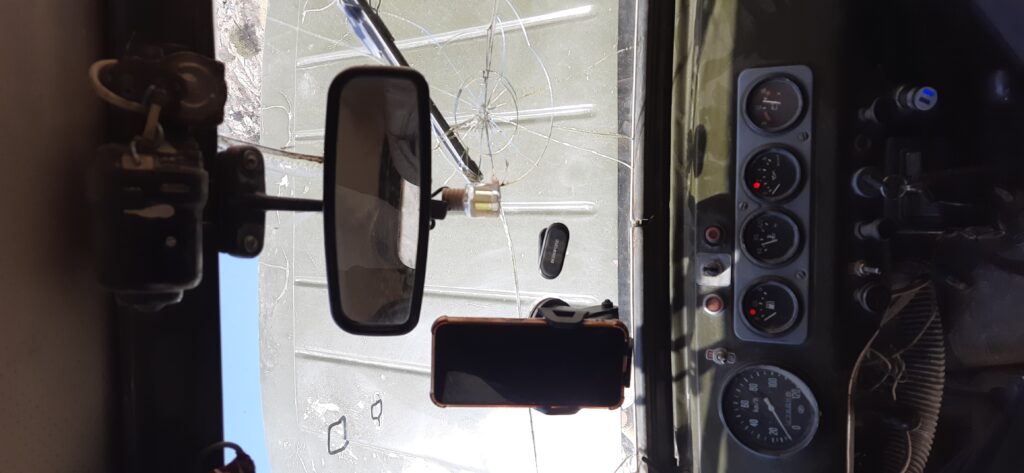
Next morning a vintage Russian jeep which looks like it has been shot at fetches up. We are stuffed like sardines in it. The first halt happens within minutes to fill all the available cans and bottles which are packed around the engine, in the doors, with water. A few more stops follow as we wind up the mountain and the cans are emptied to cool the radiator. All the drivers here seem to be from the same mould. We leave the mountains, hit the highway and transfer to a larger vehicle to reach Uzgurush. It feels like a sweet homecoming.
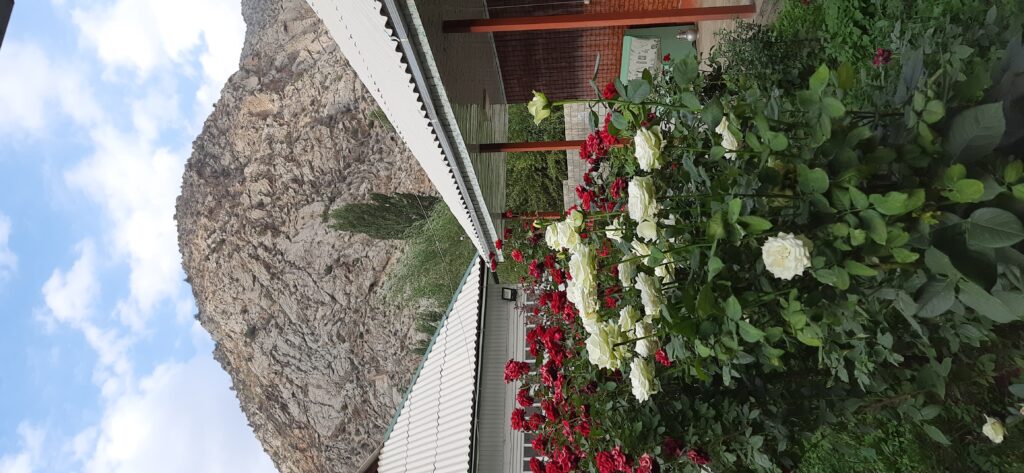
Next day we are off to Ak Suu valley where we were to exit from originally. The entrance to the valley is narrow and then it widens with a gradual incline. I see a meadow on the ridge ahead and tell myself I am sure we are not going there and then, now that I have thought it, I am sure we are! We do, but it is a leisurely walk up towards Ak Suu peak, hidden by clouds, on a path as wide as a road.
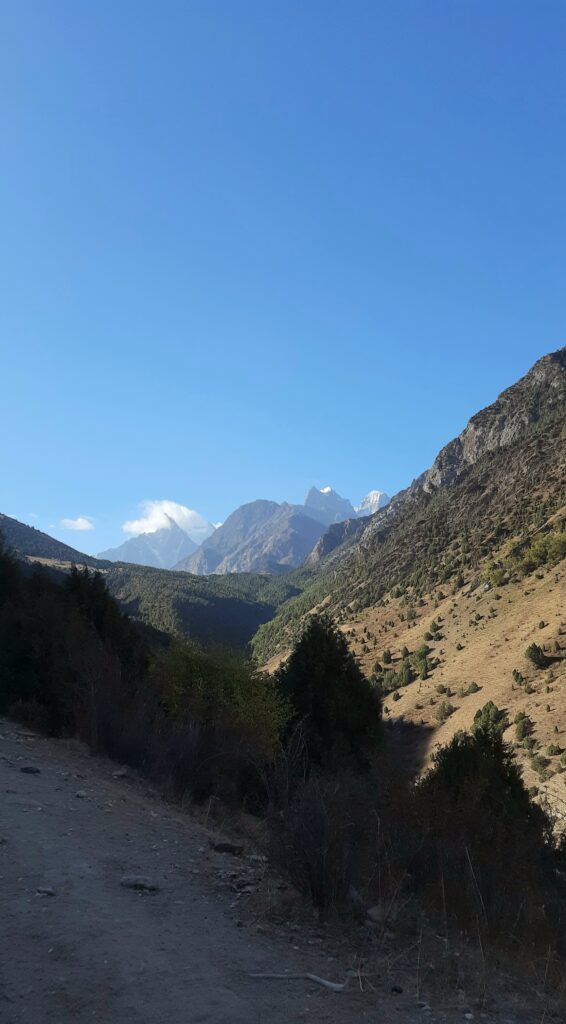
On the low ridge each meadow looks good enough to halt but Sulaiman preaches patience. The best is yet to come, and it does. We walk through scattered junipers to a sloping bowl with a green and boggy center. An embankment that looks like it has been breached by the stream rims it. Two valleys fork out beyond it. One ends at Ak Suu. The tents are pitched just as the weather calls it a day and the rain comes down whipped by the wind.
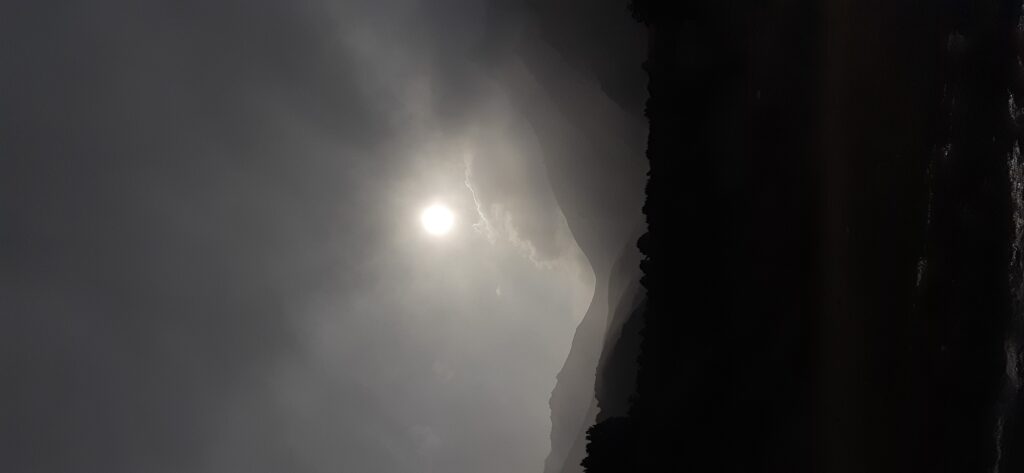
The next morning dawns clear and Ak Suu is clearly visible in all its straight angular snowy glory. The guys walk to the glacier near Ak Suu. Yadav and I explore the stream. The water is glacier fresh, crystal clear and crispy cold.
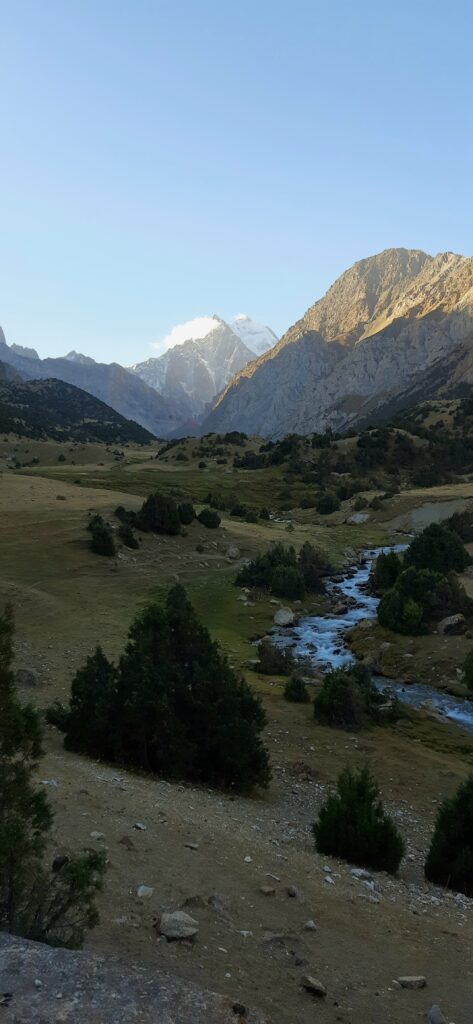
We find picture perfect spots to read, soak up the sun, down coffee, watch lammergeiers skim the tree tops and brown dippers dive in the stream, and just be! It is an idyllic and ultimate way and place to end an epic adventure that was as memorable as it was challenging.
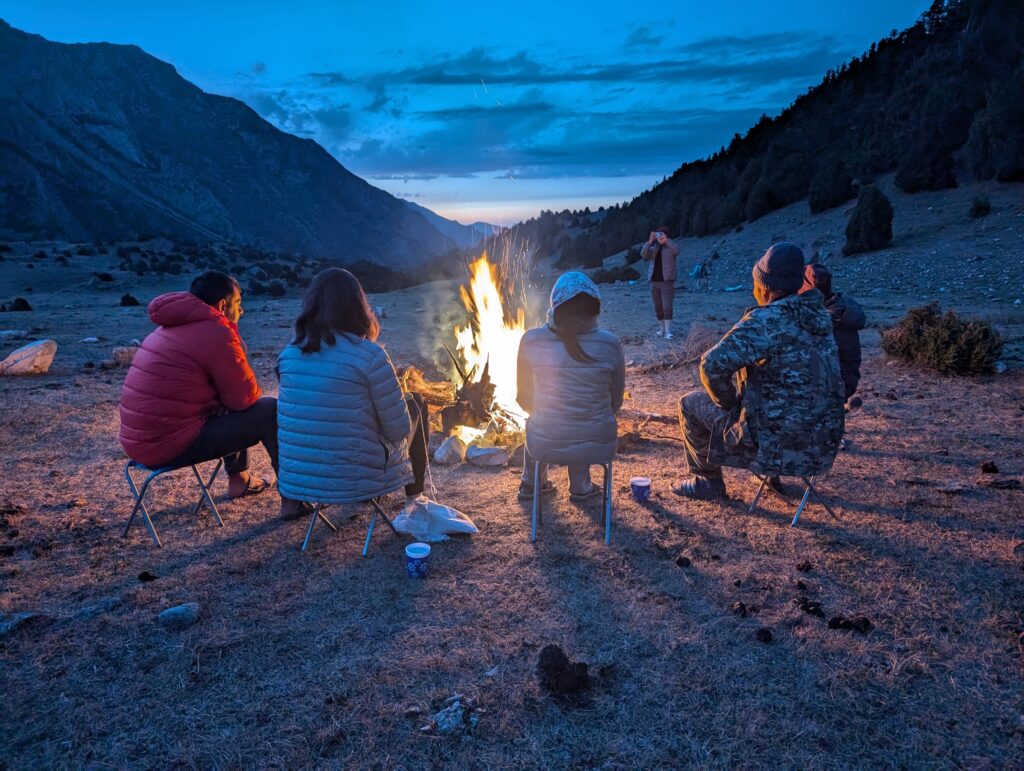
Fact File
Our trek was organised by Visit Alay Adventure Tours and Travels.
The border crossing from Uzbekistan to Kyrgyzstan can be done by vehicle also.
